Camping, Paint Pots and the Great Divide
Only an hour away from Banff, a trip to Kootenay National Park is well worth it! Not only do you cross the Great Divide, there is camping, day hikes, lakes, rivers and paint pots.
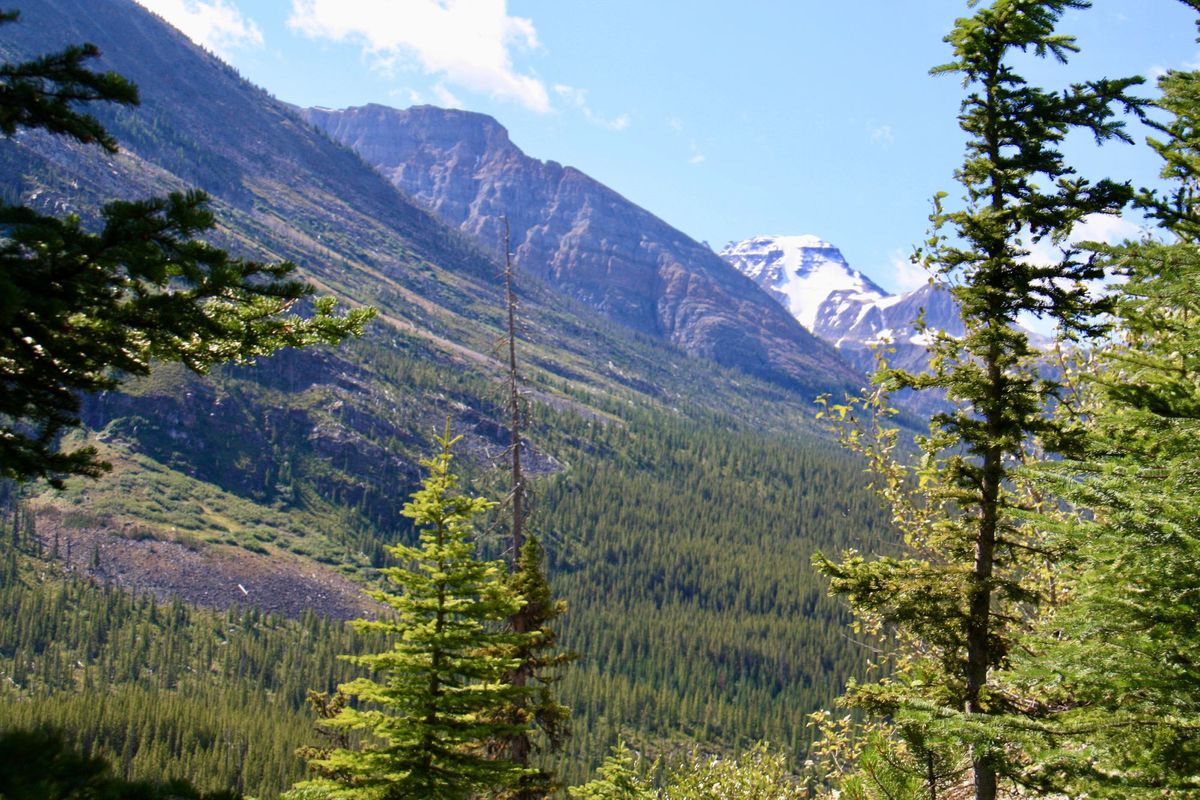
Kootenay, the quietest of the four Rocky Mountain National Parks, was the perfect place for us to camp, hike, explore and for spectacular mountain views. Close to Banff National Park - a 30 minute drive to our campsite - we spent 3 nights at the Marble Canyon Camground. It is easy to explore by foot or by car - we did both.
The Great Continental Divide
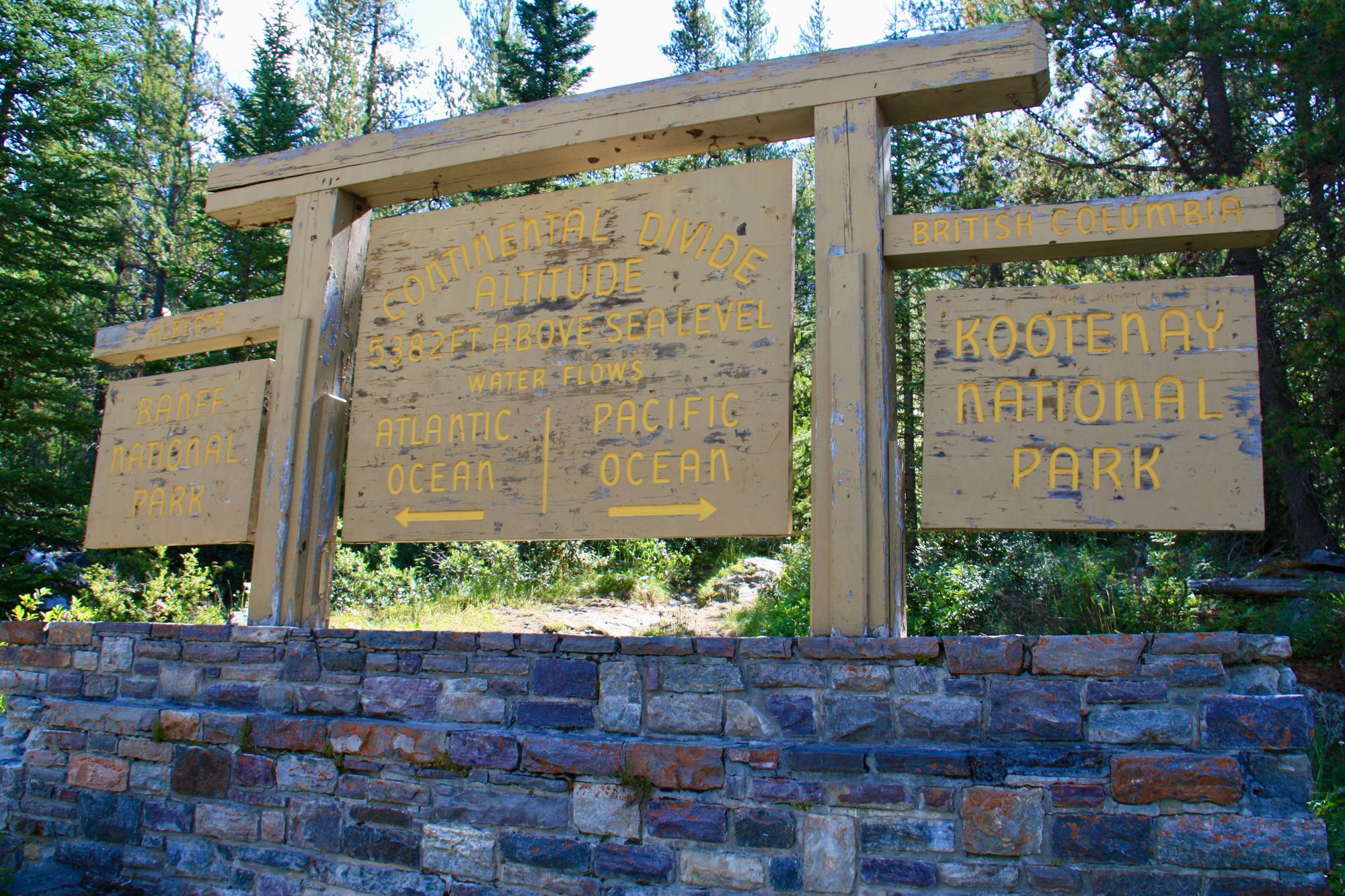
There is a pull off area on the side of the highway with a monument noting and explaining the location of the Continental Divide. It indicates the border of Kootenay and Banff National Parks, the border between Alberta and British Columbia and a description the Continental Divide. It is the drainage border of Western Canada, which means that all waters to the east flow to the Atlantic Ocean, and all waters to the west flow to the Pacific Ocean!
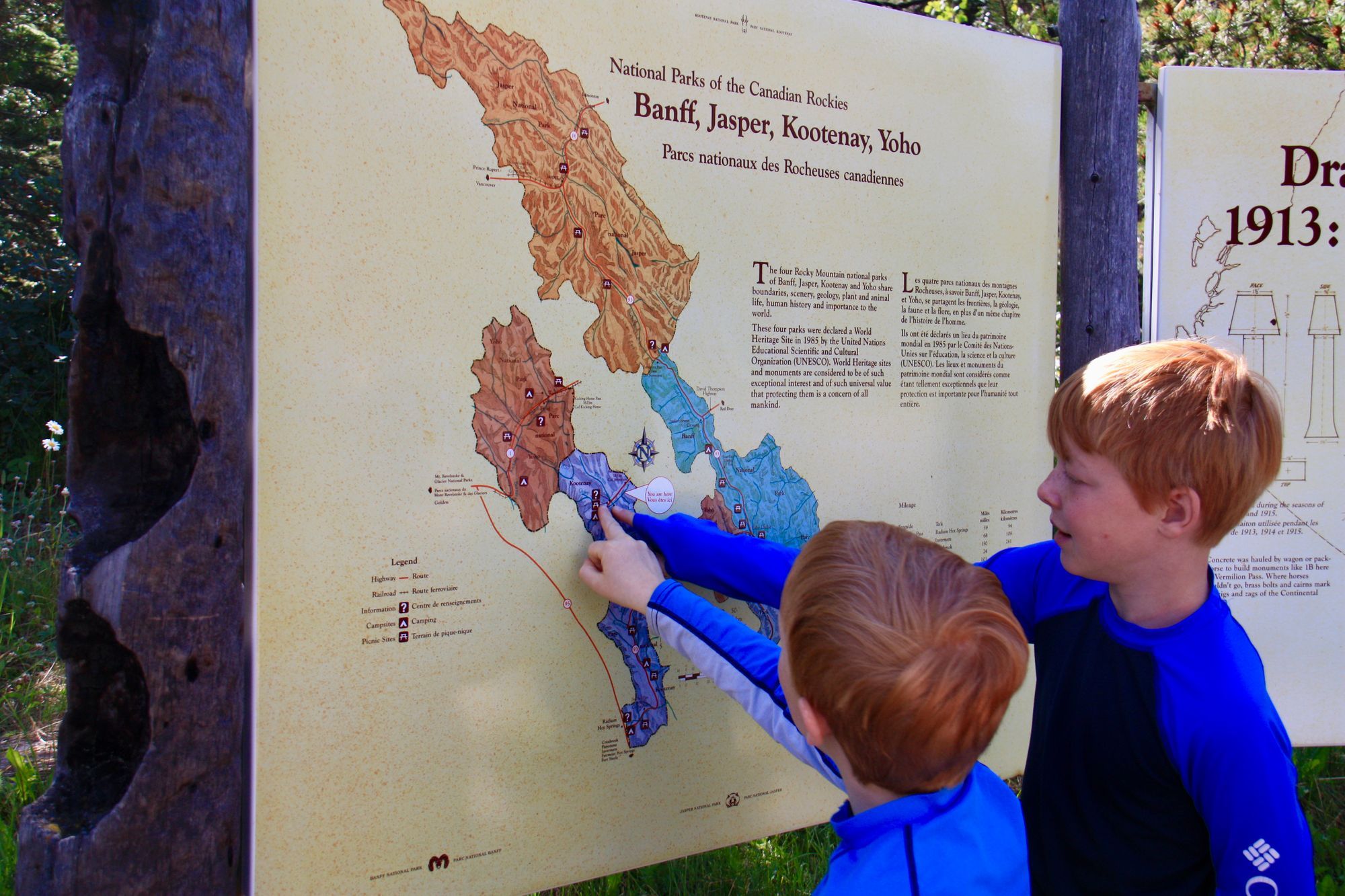
The information boards located here were informative and interesting. We had great fun looking at the maps. Even being right on the highway the mountain views were beautiful. We got out our camera and Ewan took some photos of the mountains and flags.
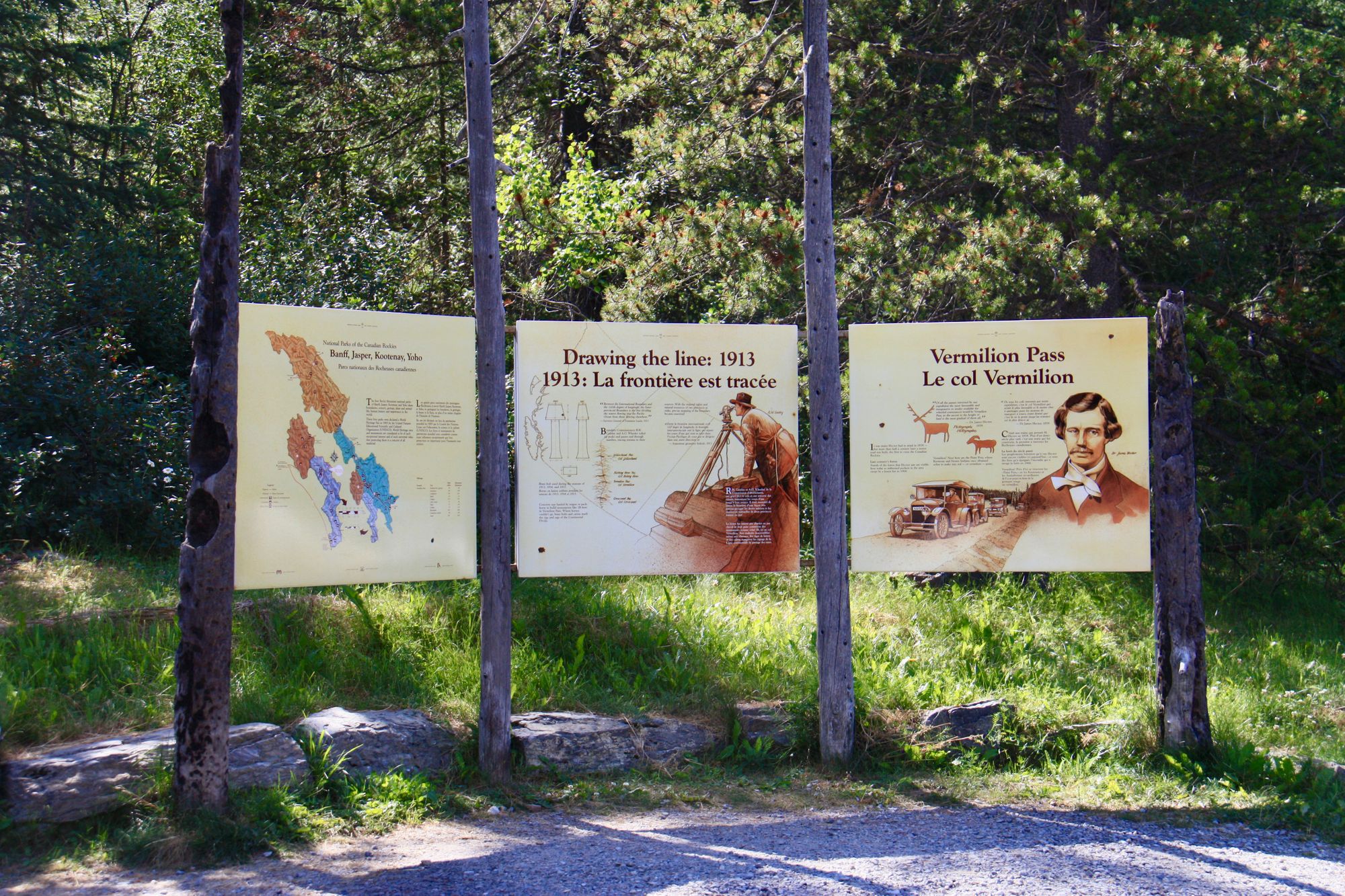
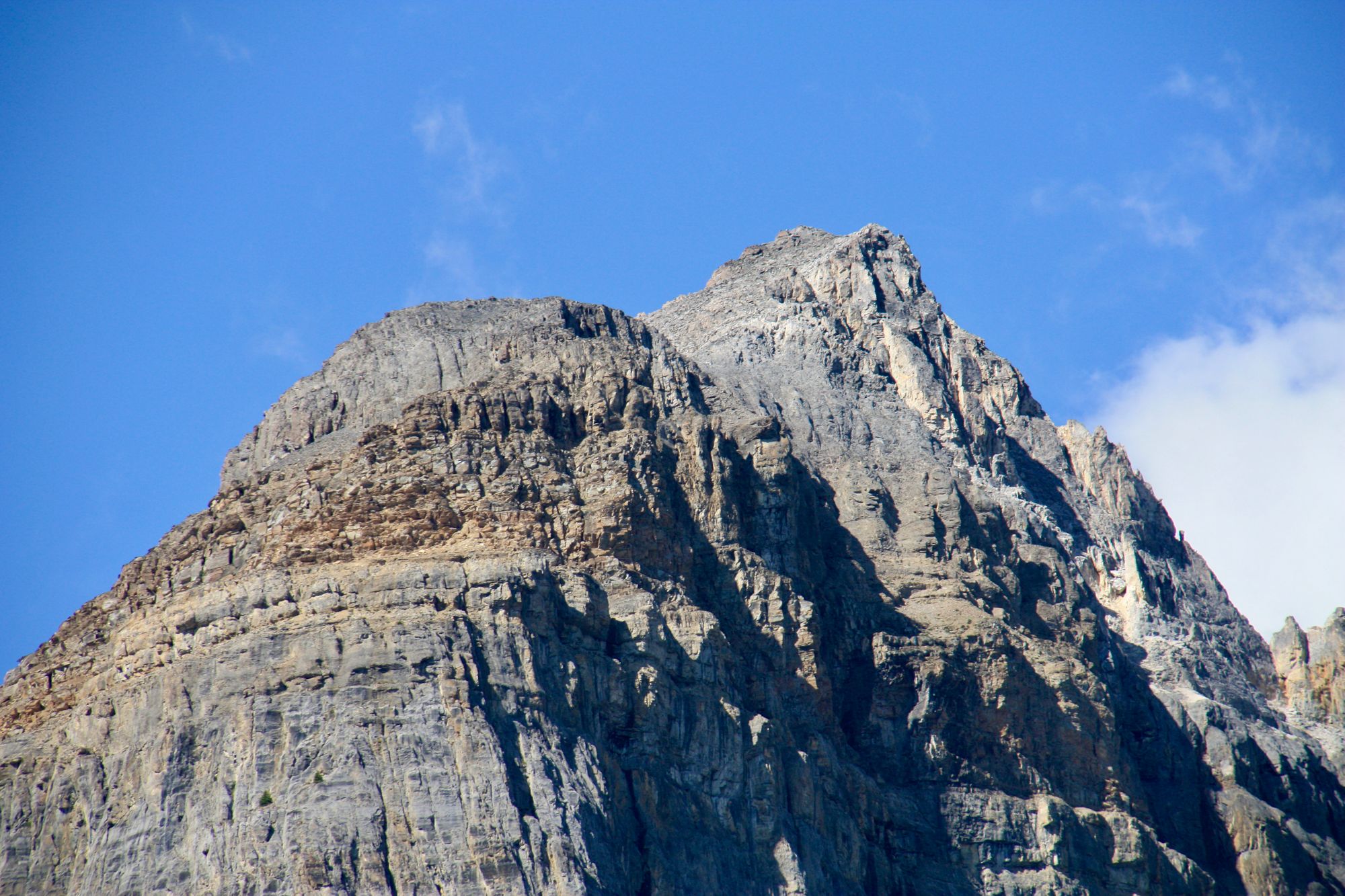
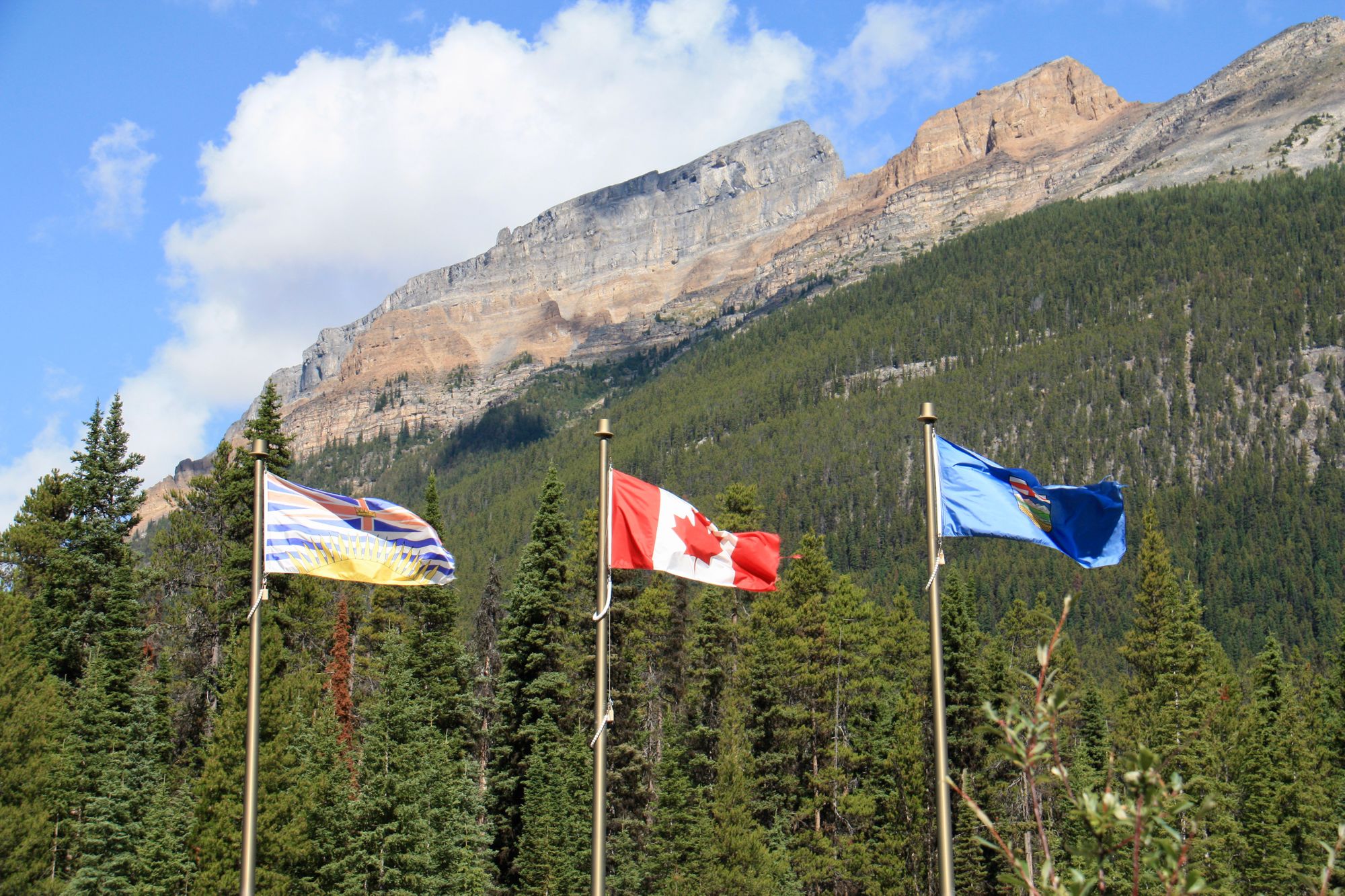
Finding a Campsite - Marble Canyon Campground
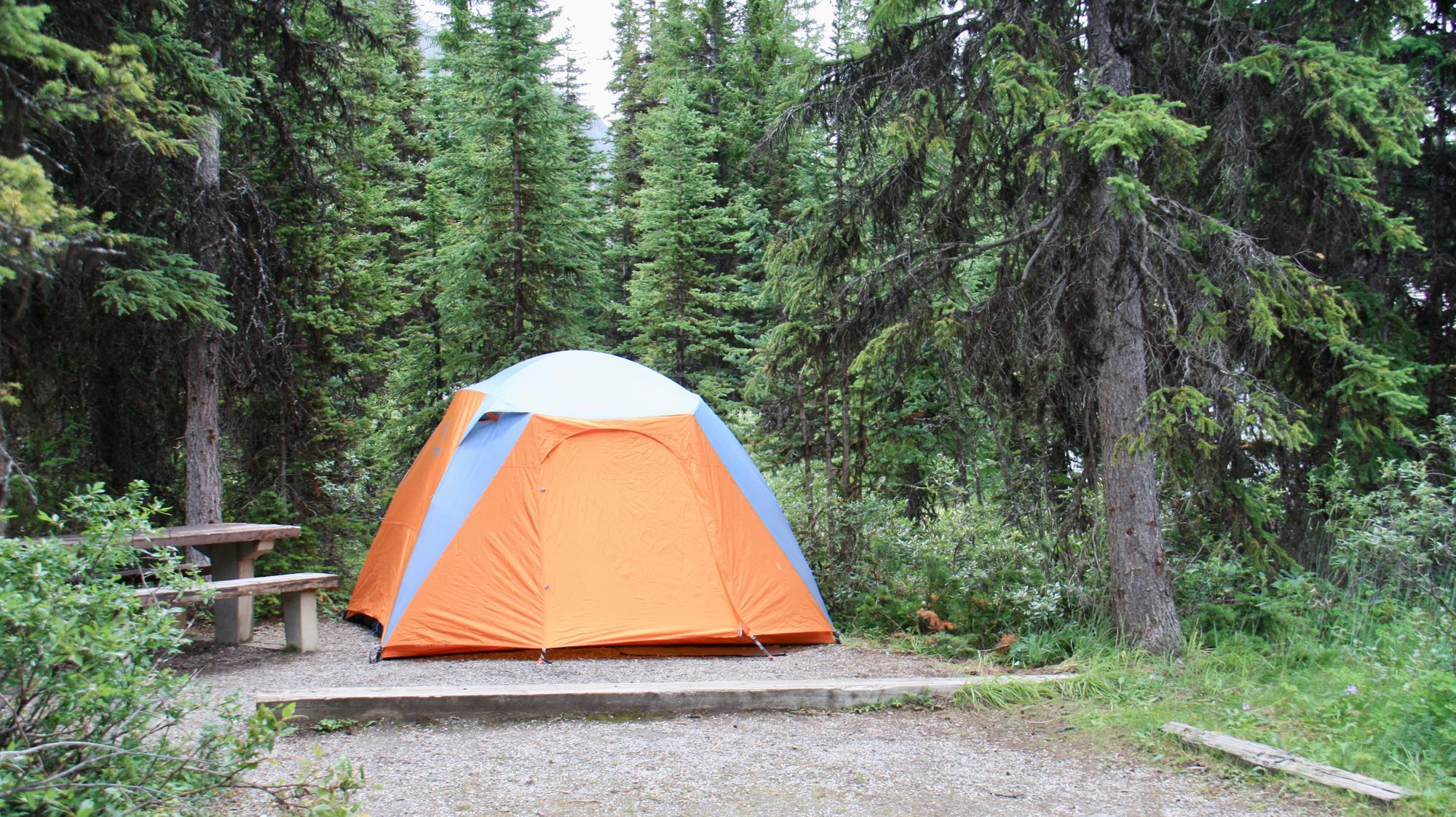
We pre-booked our campsite online. It is highly recommended to reserve ahead, I know it takes the spontaneity out a road trip, but for us it worked well.
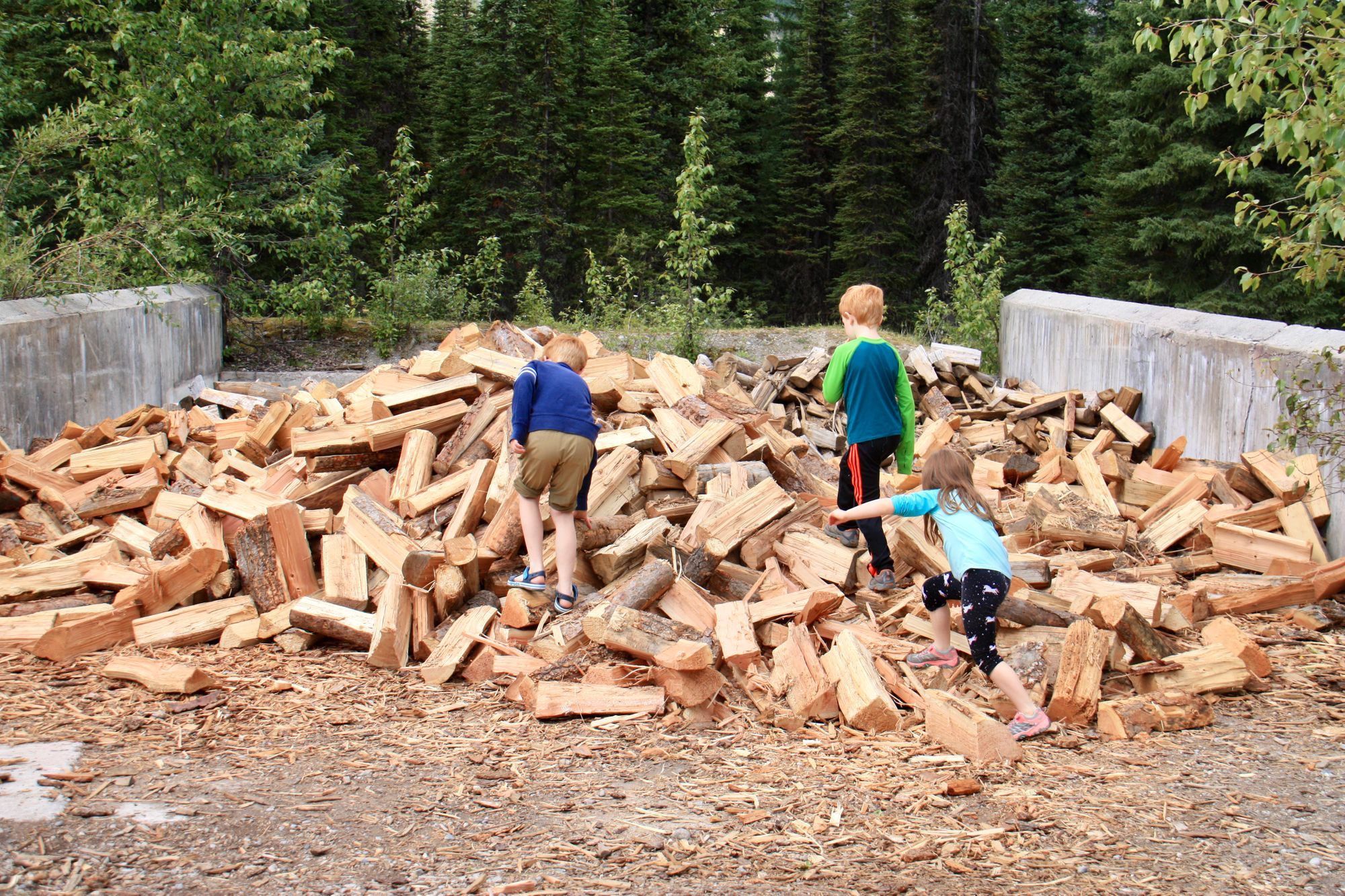
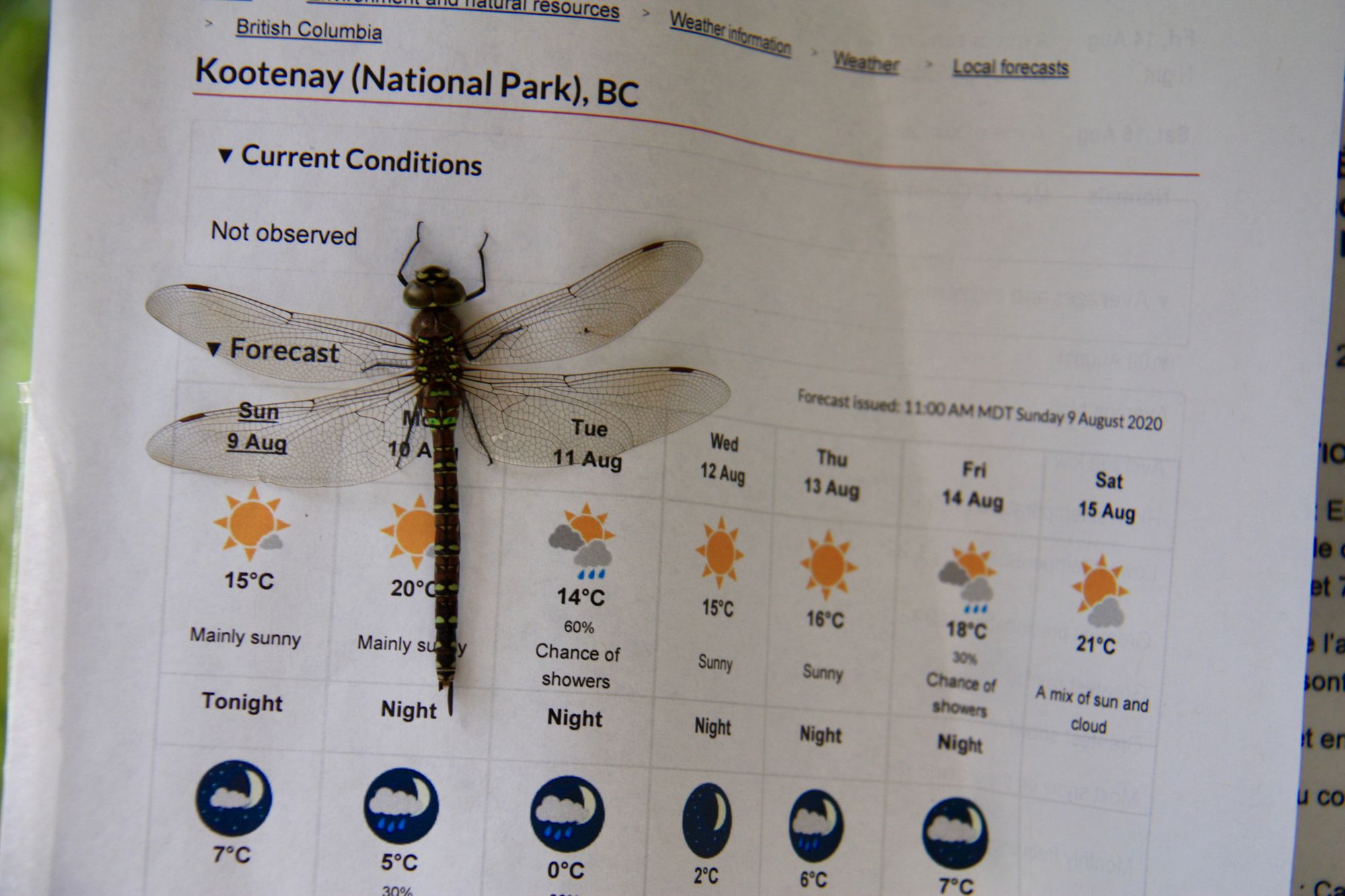
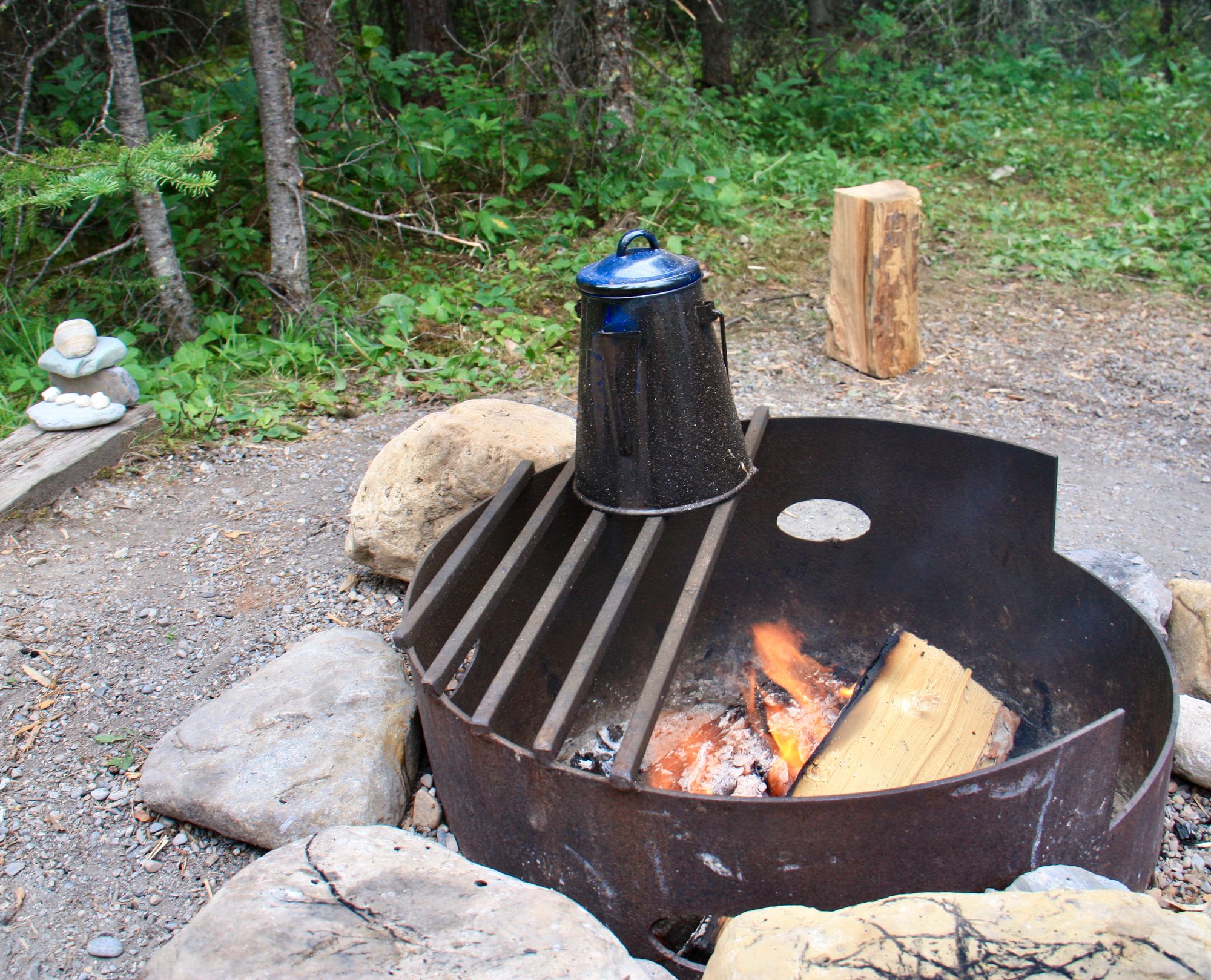
Dragon flies leading the way to good weather!
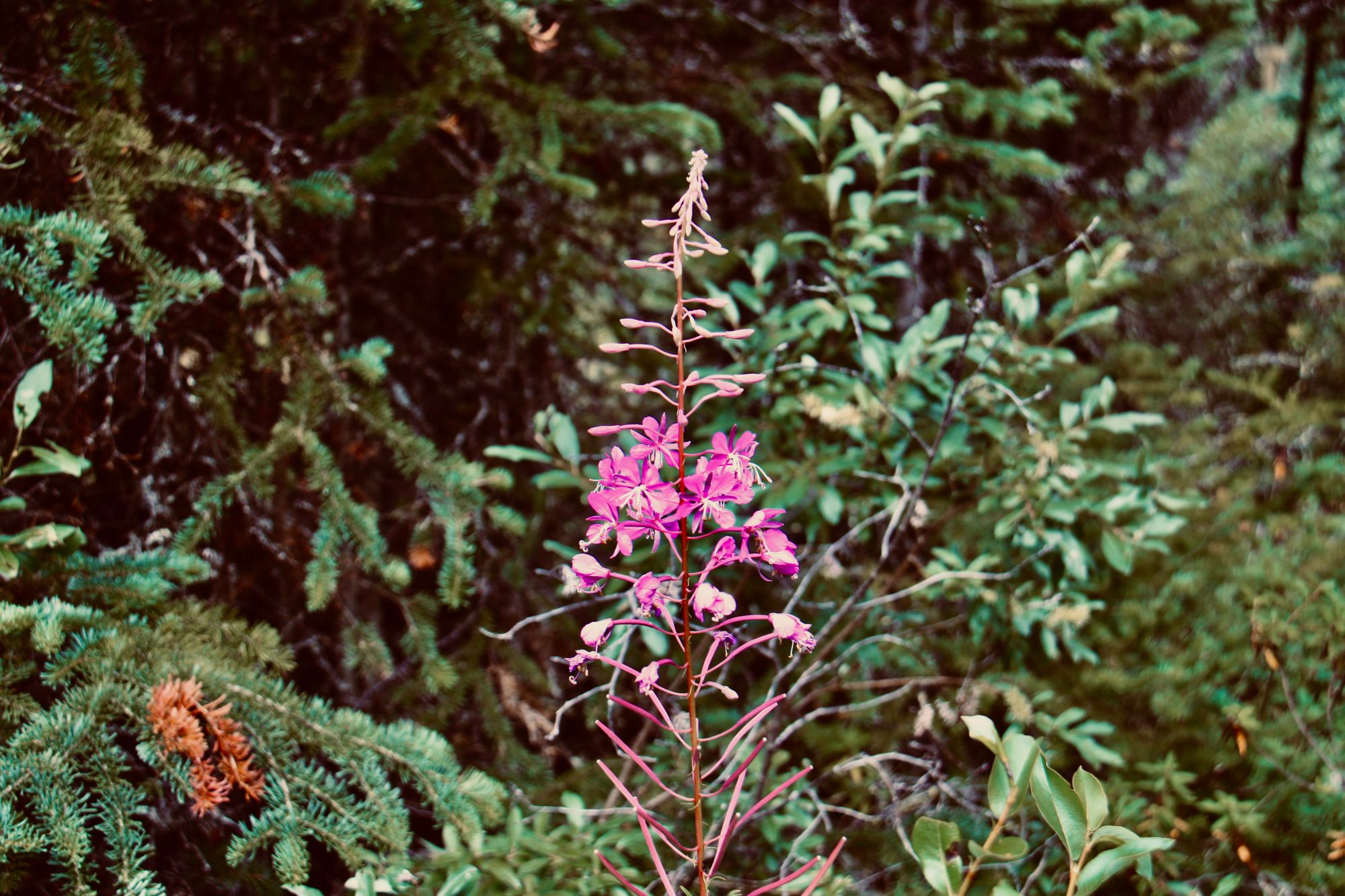
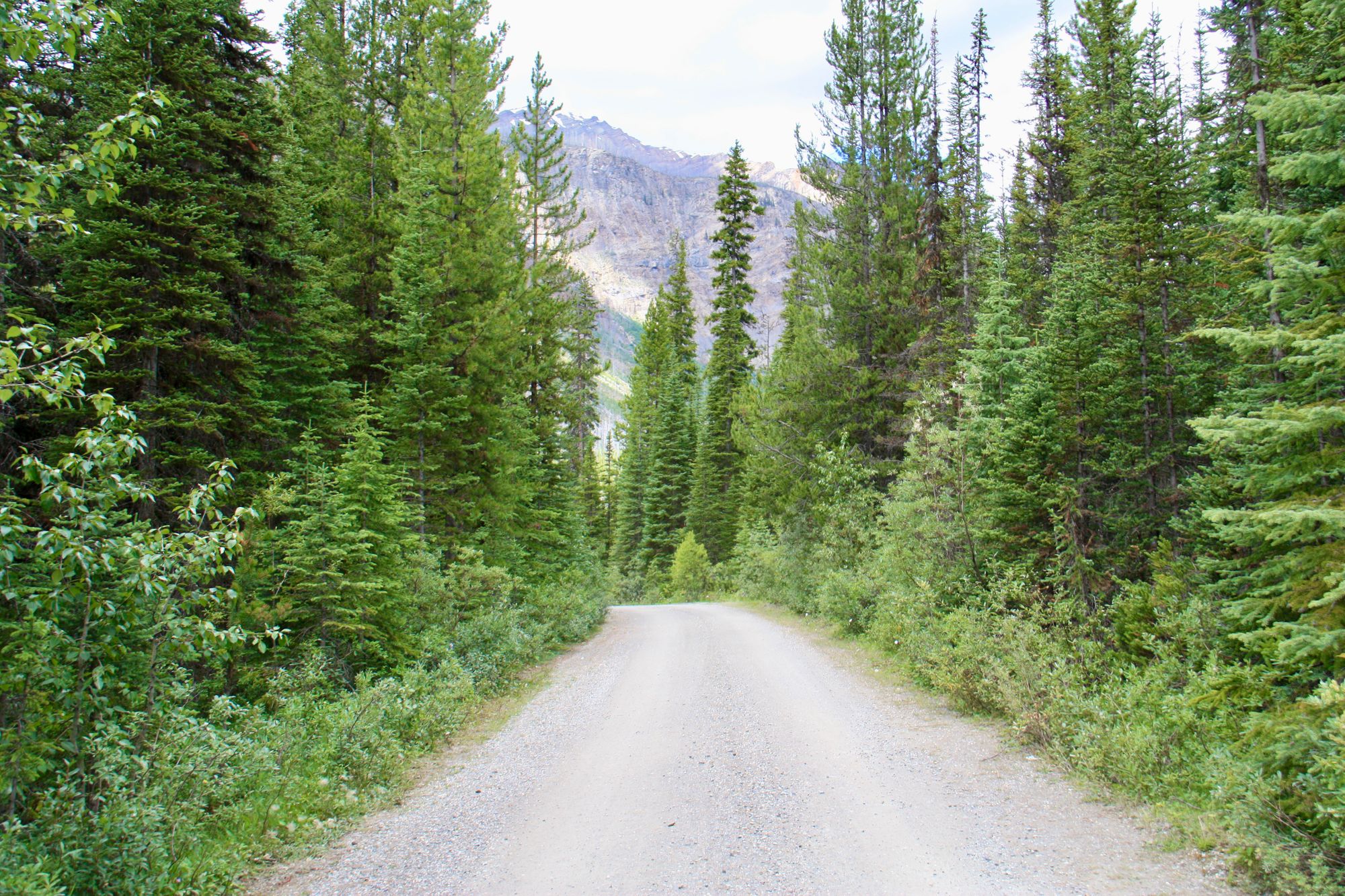
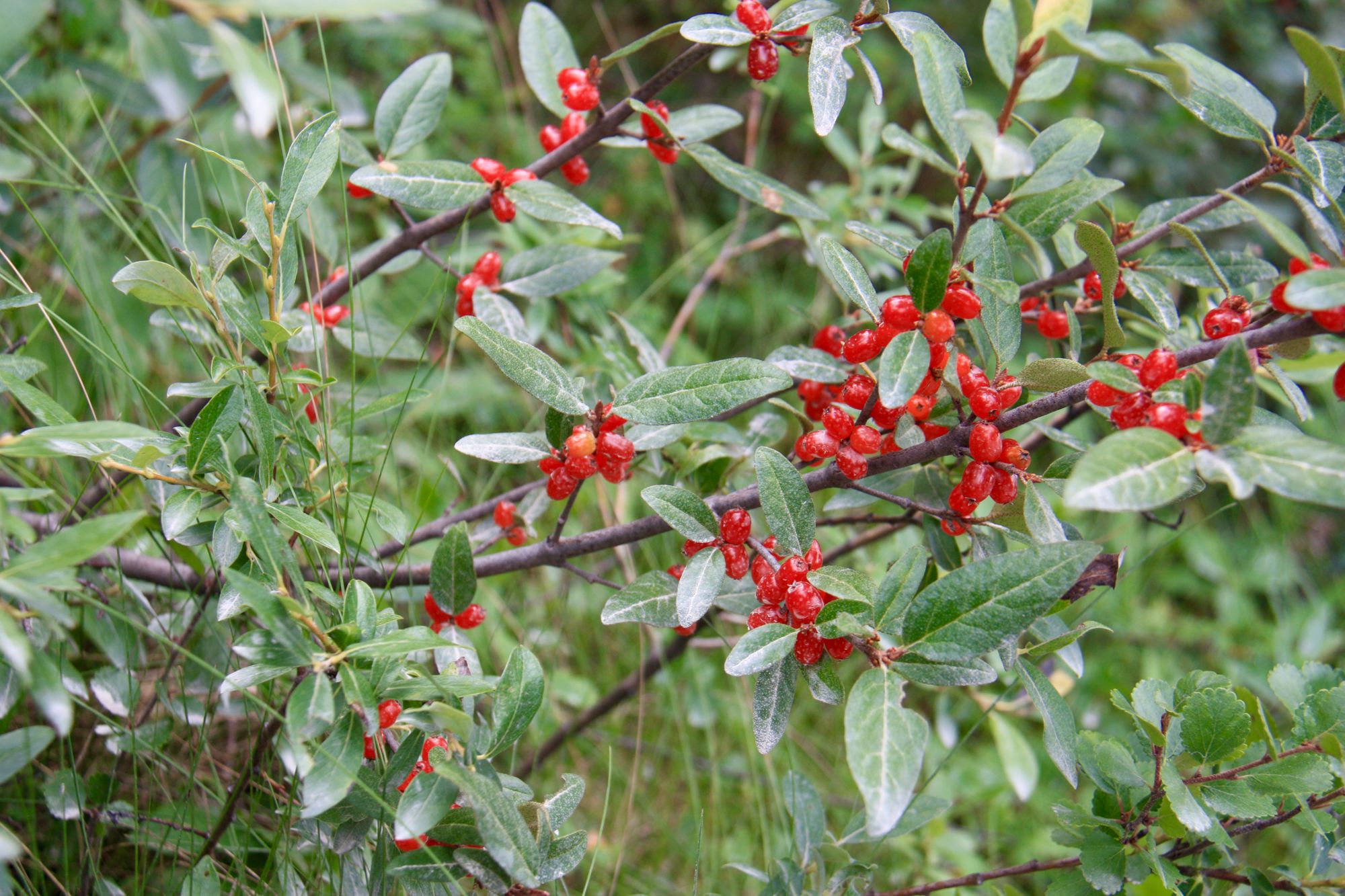
We walked down to the Vermilion River from our campsite. There are little pathways to take and we felt like true explorers with our our walking sticks and bear bells.
We used the SEEK app to identify the flora and fauna. It was great fun, especially for the kiddies identifying plants and insects along the way.
Exploring the Paint Pots
Here, in the corner of the valley on the right side, is the Vermilion Plain, which is about a mile in extent, with a small stream flowing through it. Its surface is entirely covered with yellow ochre, washed down from the ferruginous shales in the mountains. The Kootanie Indians come to this place sometimes, and we found the remains of a camp and of a large fire which they had used to convert the ochre into the red oxide which they take away to trade to the Indians of the low country, and also to the Blackfeet as a pigment, calling it vermilion. ﹣ James Hector 1858
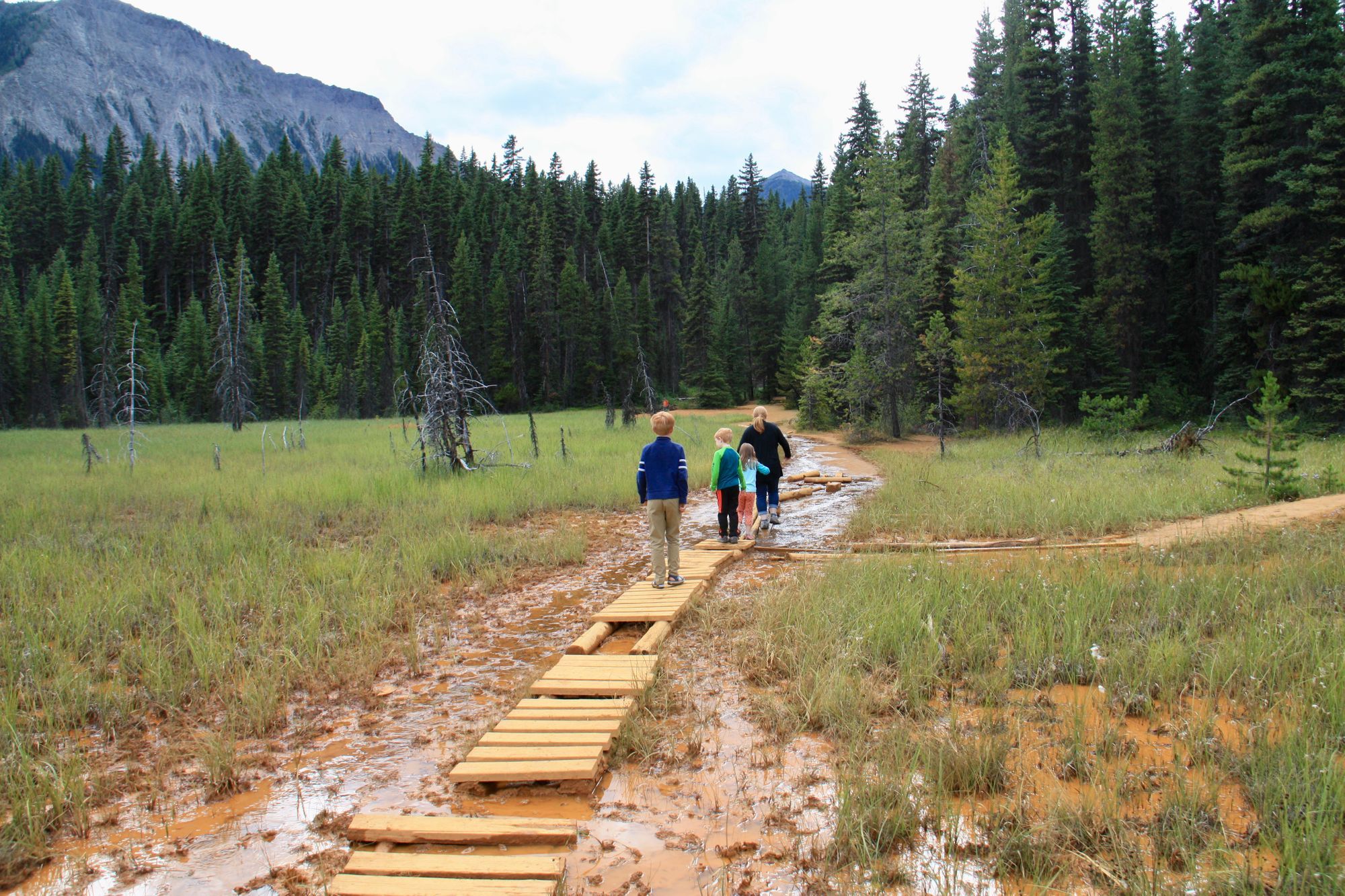
The most fun were the boardwalks over the mud and dipping our hands in the ochre beds!
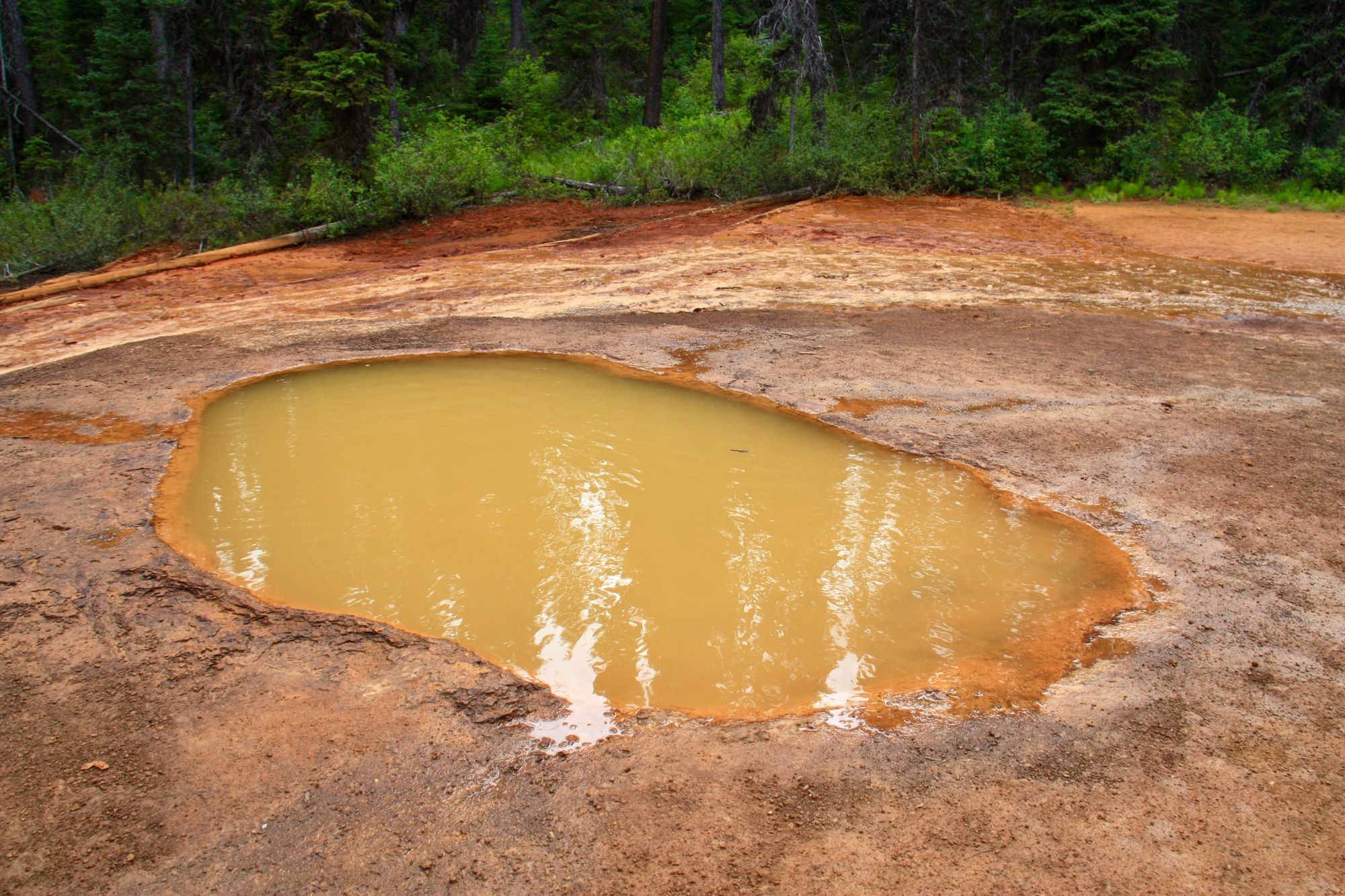
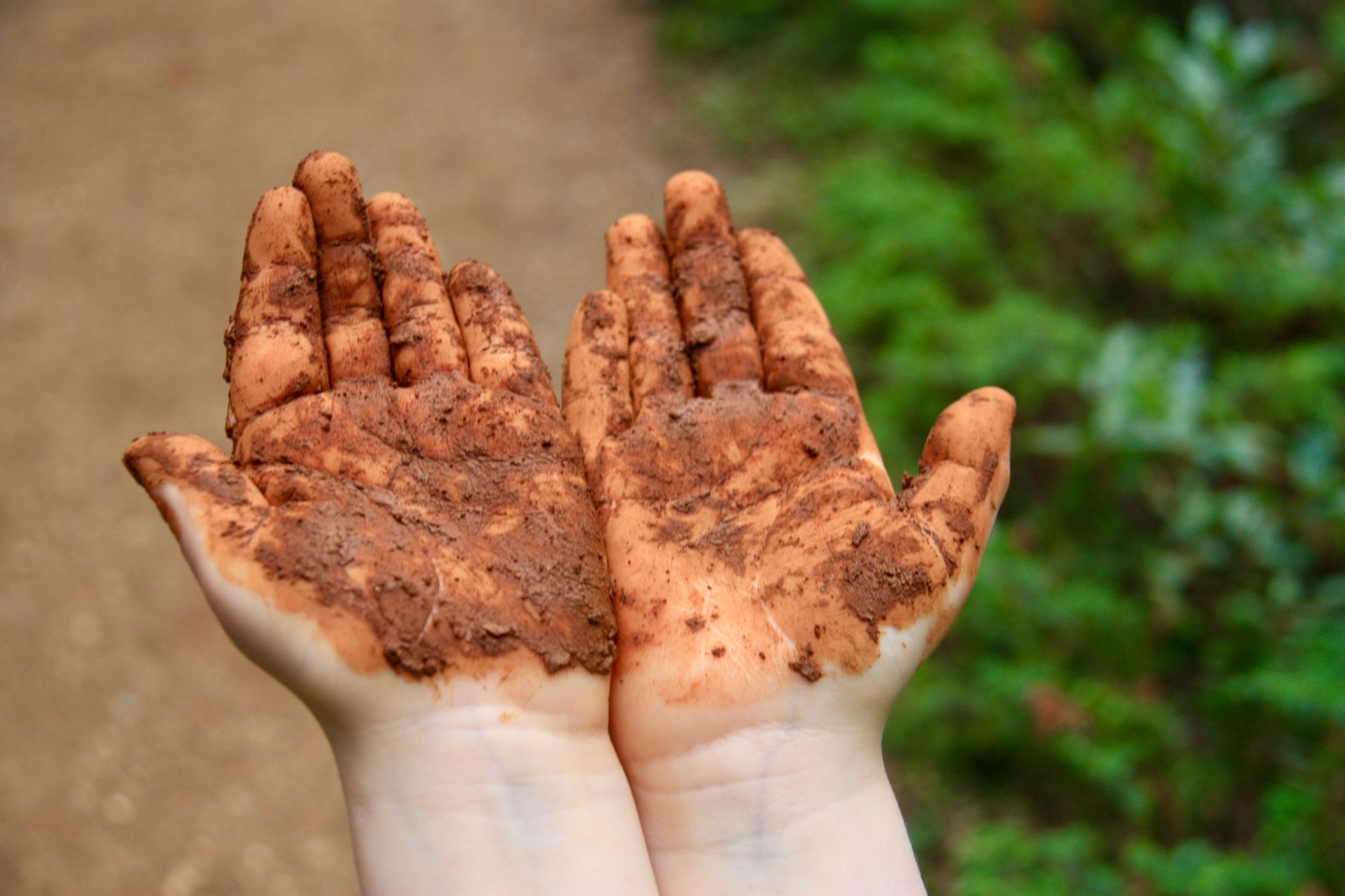
The Paint Pots or ochre beds located within Kootney National Park were originally discovered and used by the Ktunaxa, Stoney and Blackfoot tribes. Used by the First Nations in their celebrations and for trade the Paint Pots are still considered sacred. The red ochre was used as body paint, on tipis and pictures on rocks (still visible to this day).
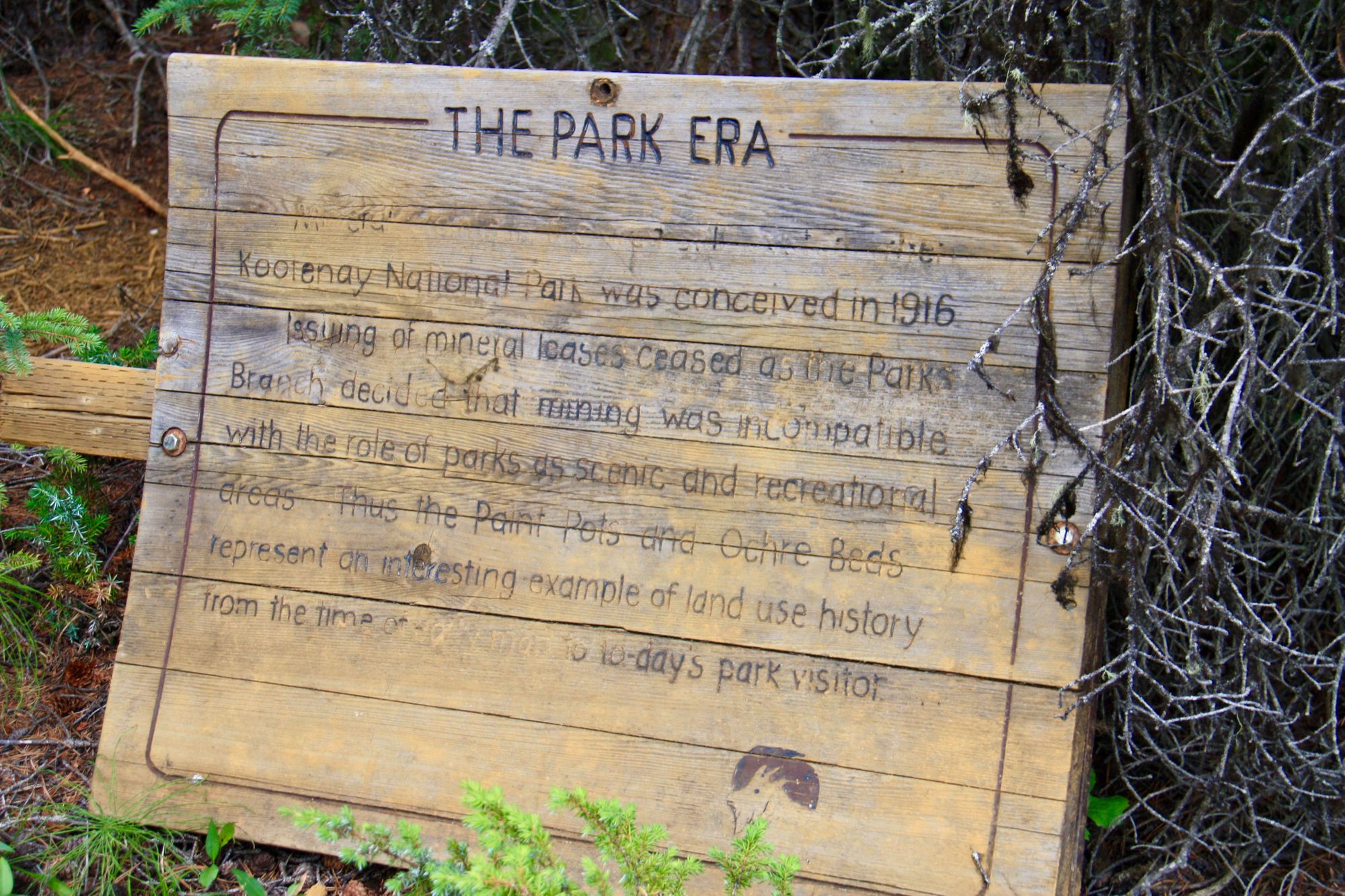
Europeans also have had a history of using the iron rich ochre beds found here. From the early 1900's the ochre beds were actively mined and used as the base for paint. It was hauled to Calgary by horse and cart, first to Castle Mountain and then transferred to a train to complete the journey.
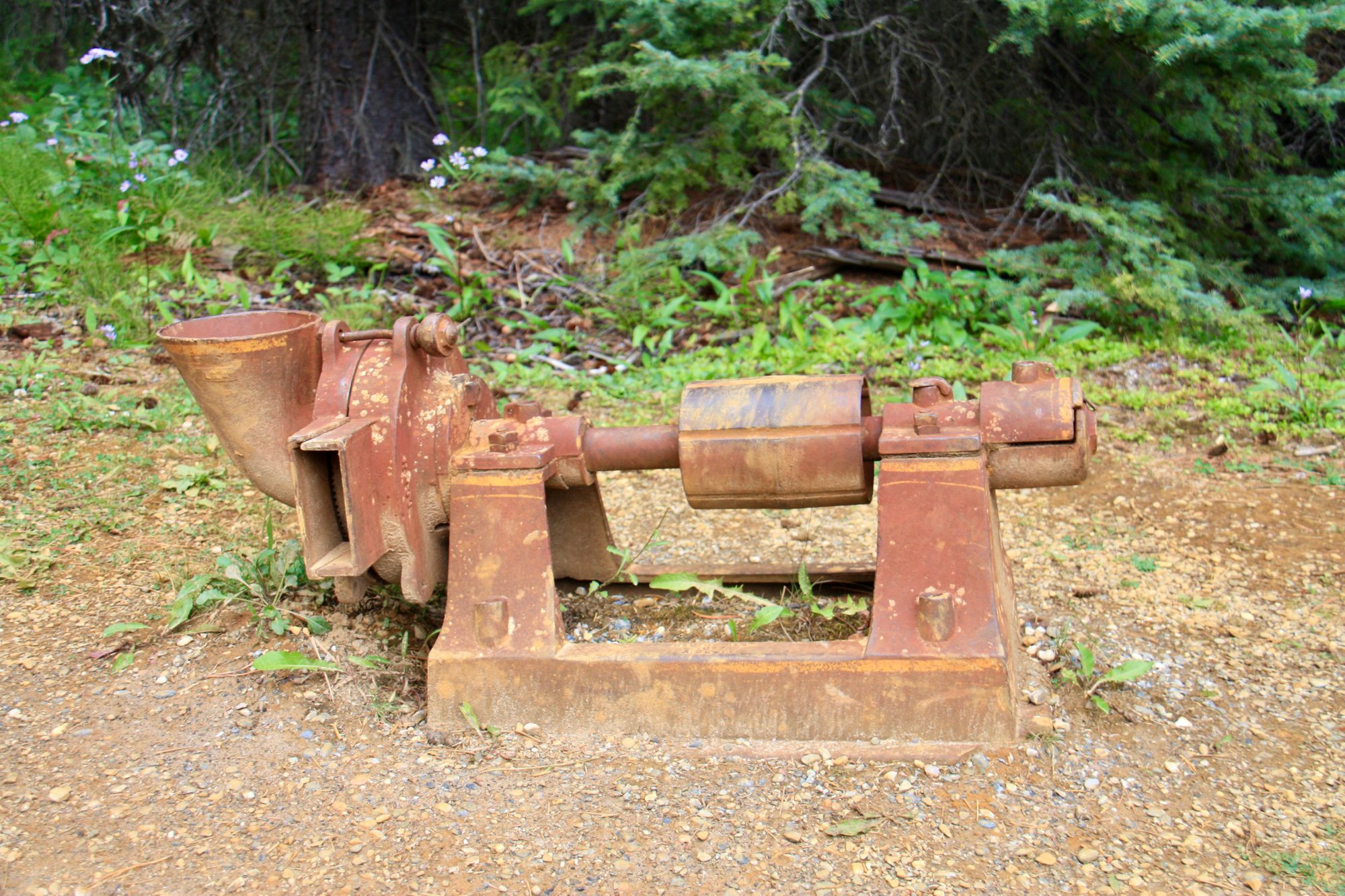
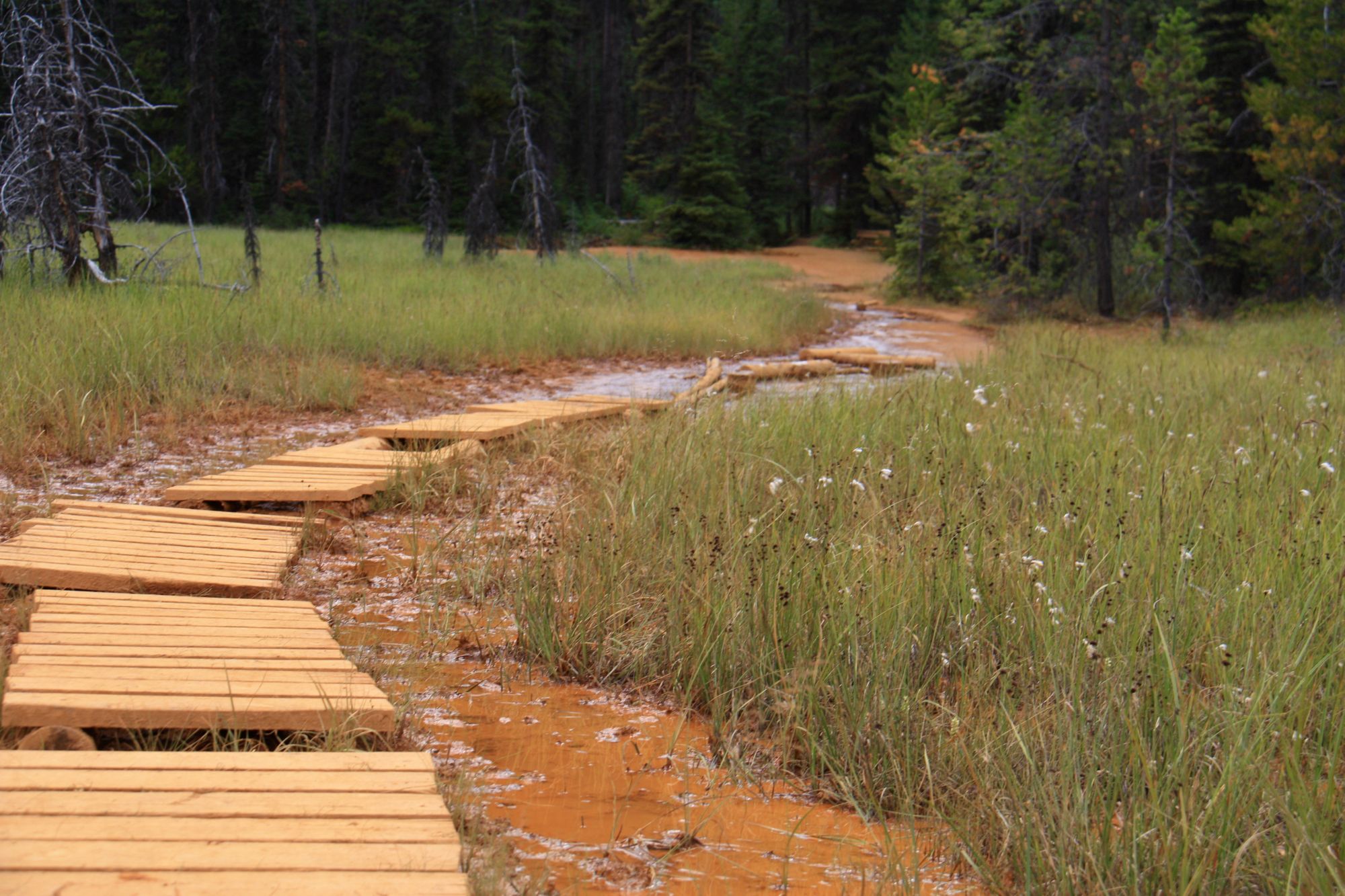
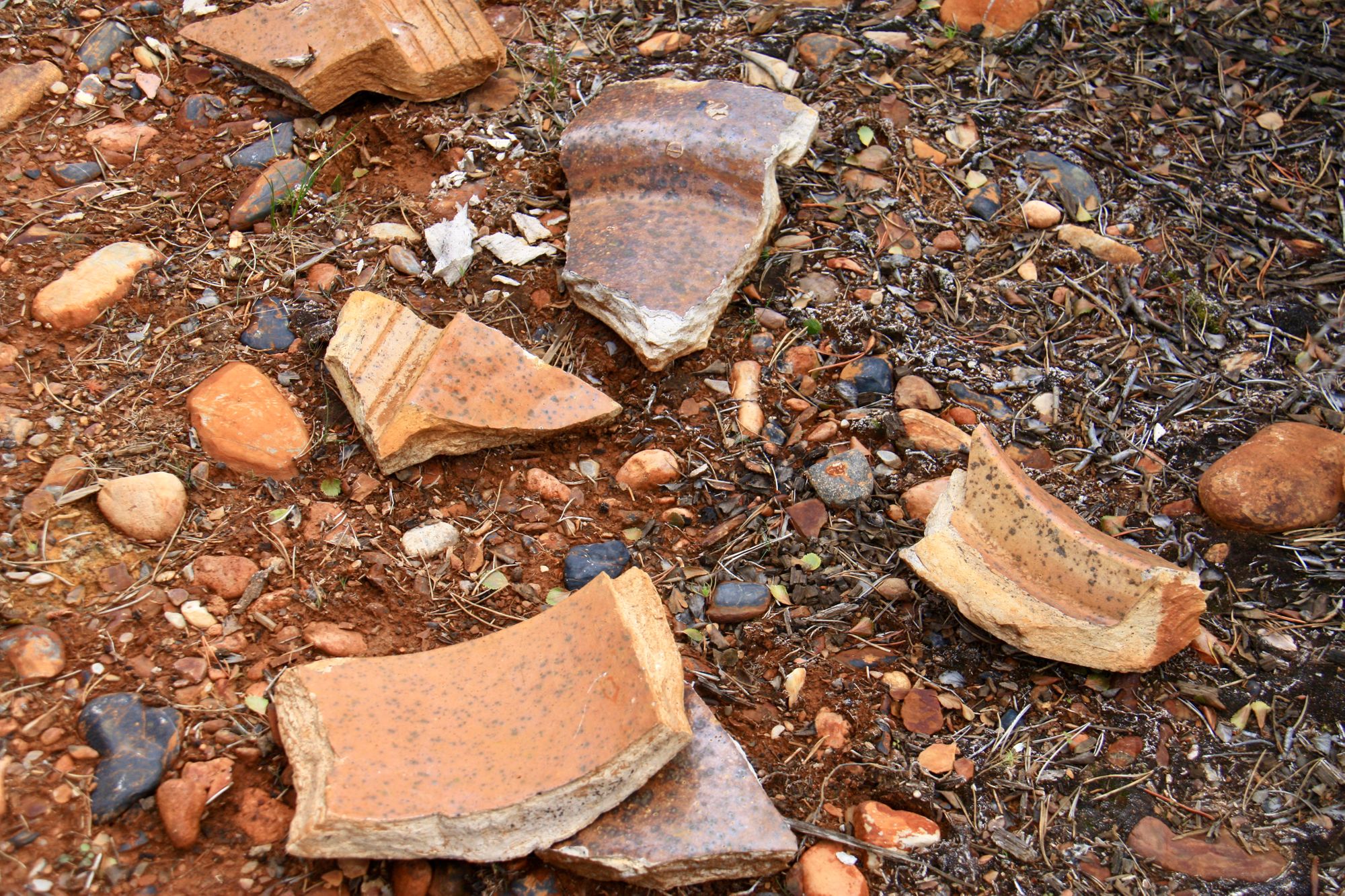
Rusted and broken equipment can be still found scattered around the area and along the trail. To protect the uniqueness and landscape of Kootenay National Park mining was eventually phased out.
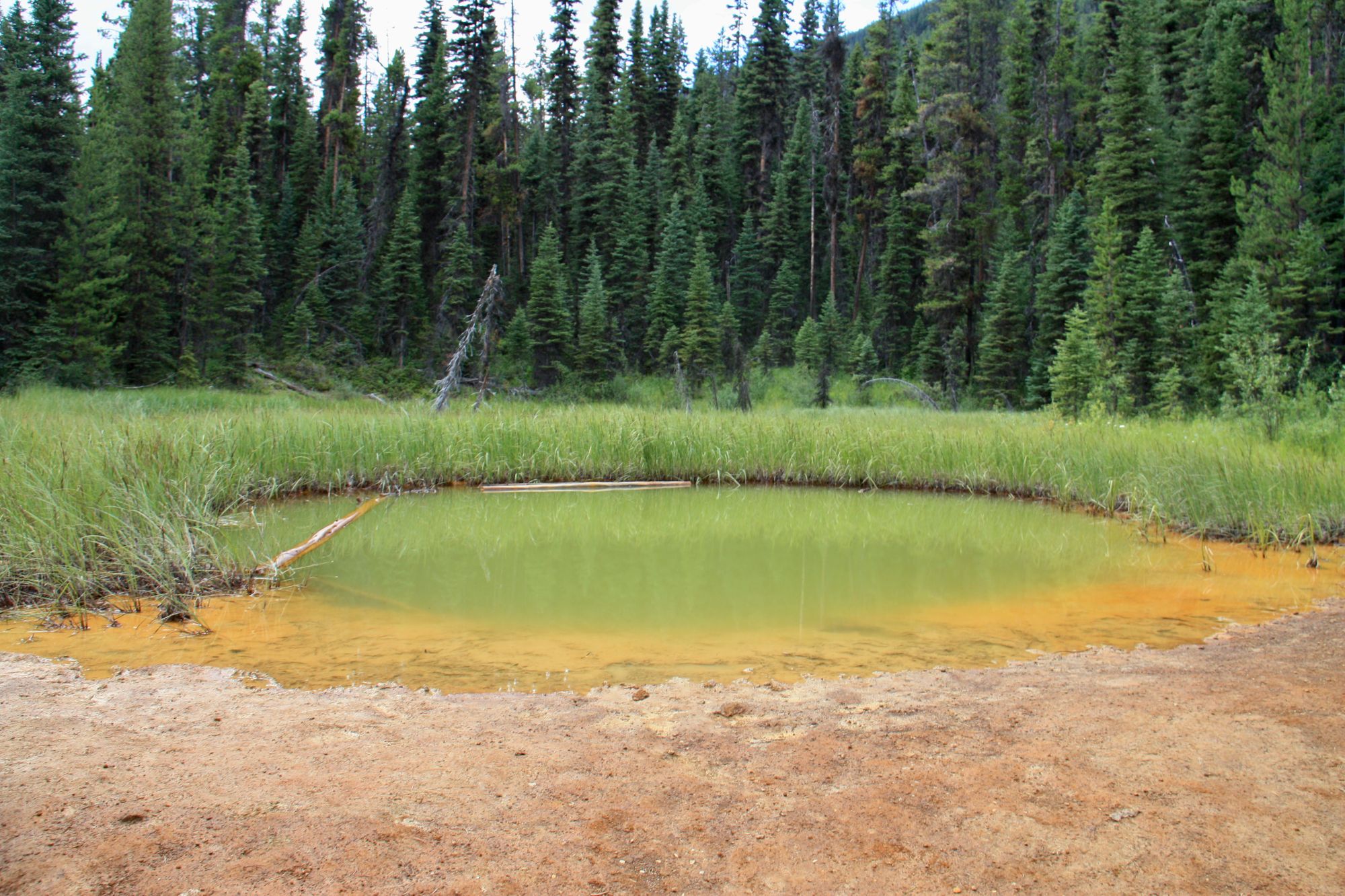
Mineral-rich and vibrant colours, the Paint Pots and surrounding ochre coloured landscape is worth the trip.
And yes, it stained our hands, for three days we had a reminder of our time at the Paint Pots!
Hiking the Vista Lake Trail
We spent an afternoon hiking down to Vista Lake and then hiking back up. Part of a long hike with back country camping we opted to just go to the first lake.
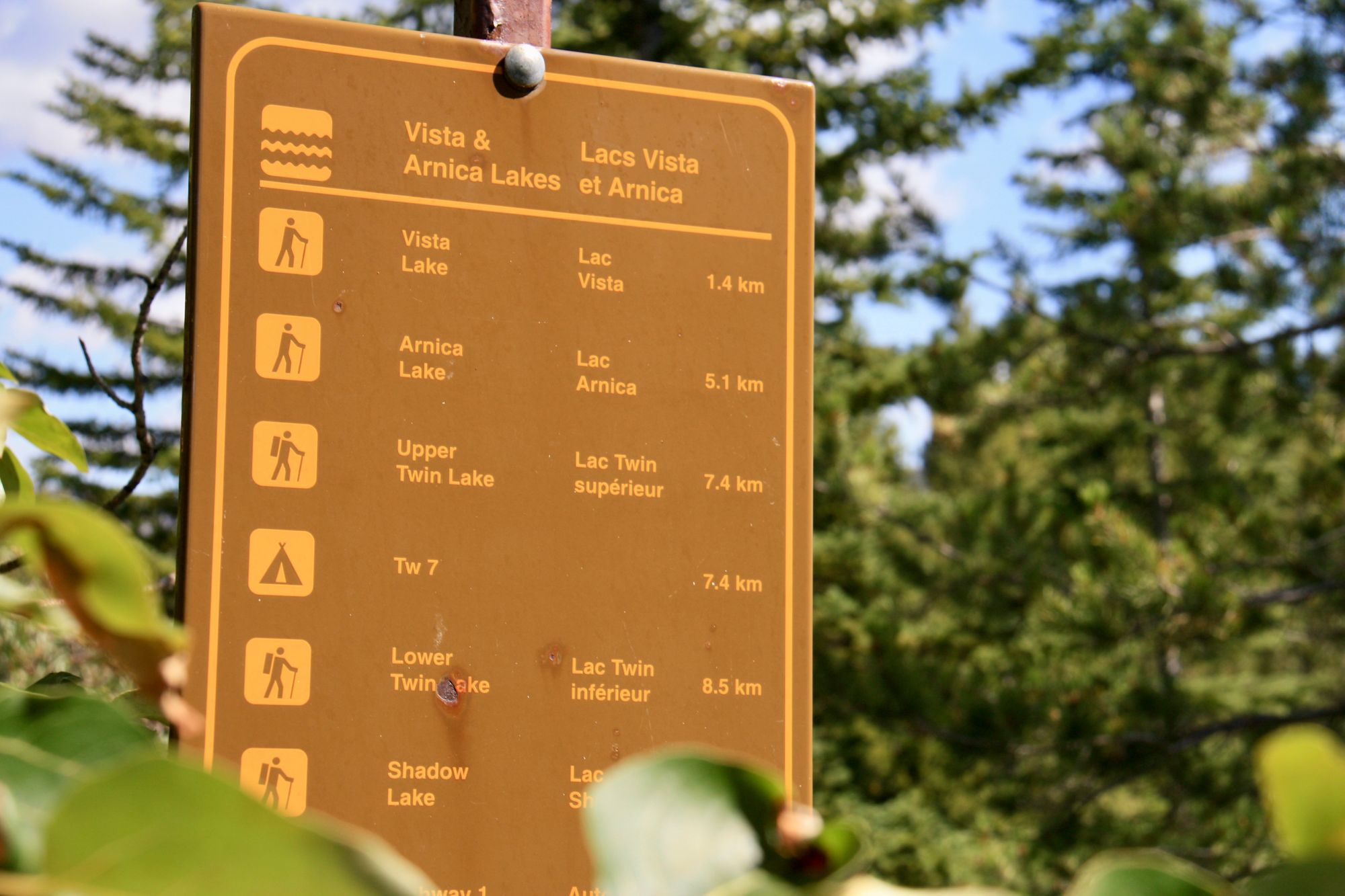
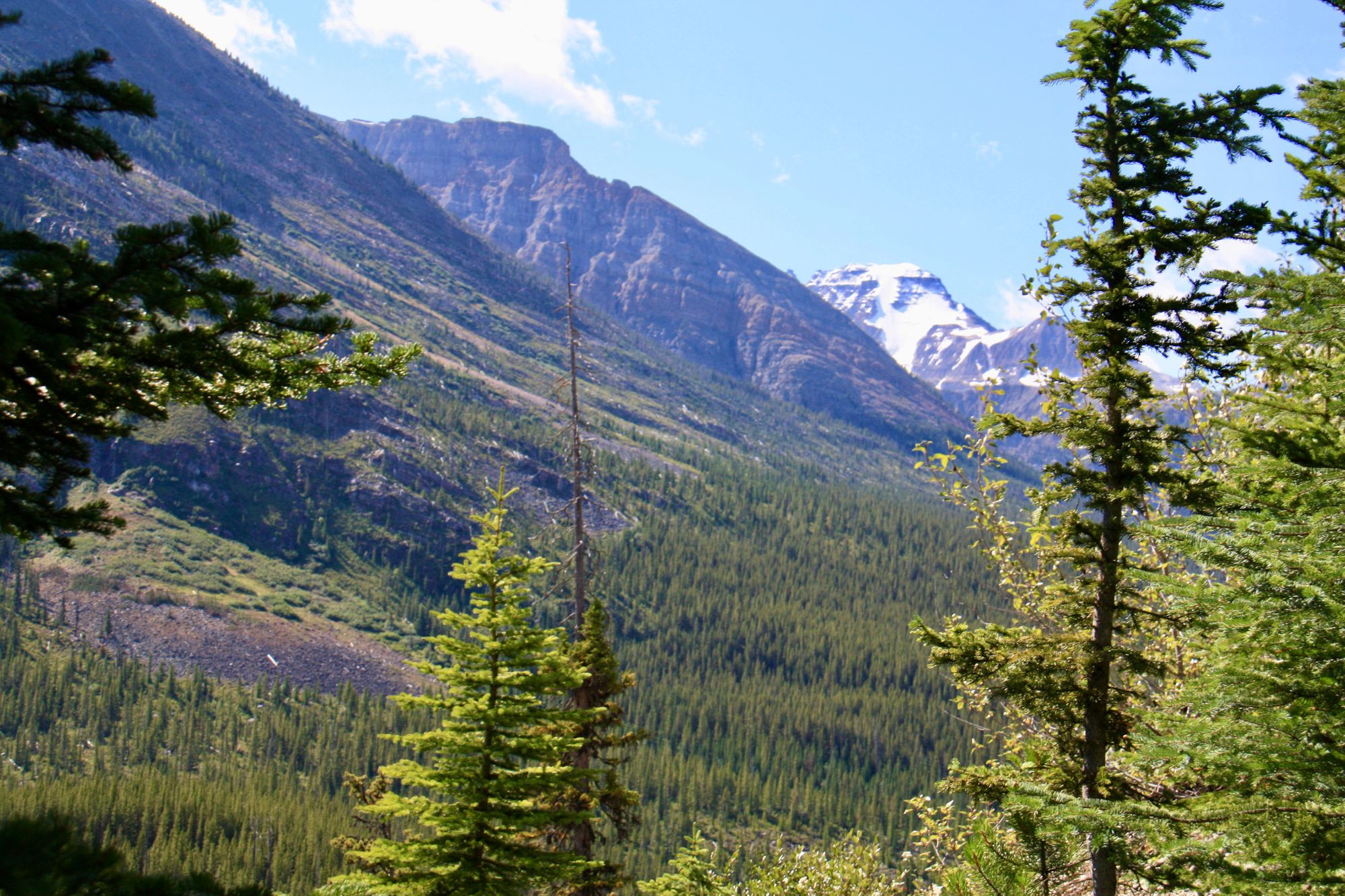
There were signs posting recent bear activity, berries were ripe and abundant along the trail. Yes, bear food! We took precautions with bear spray and bells.
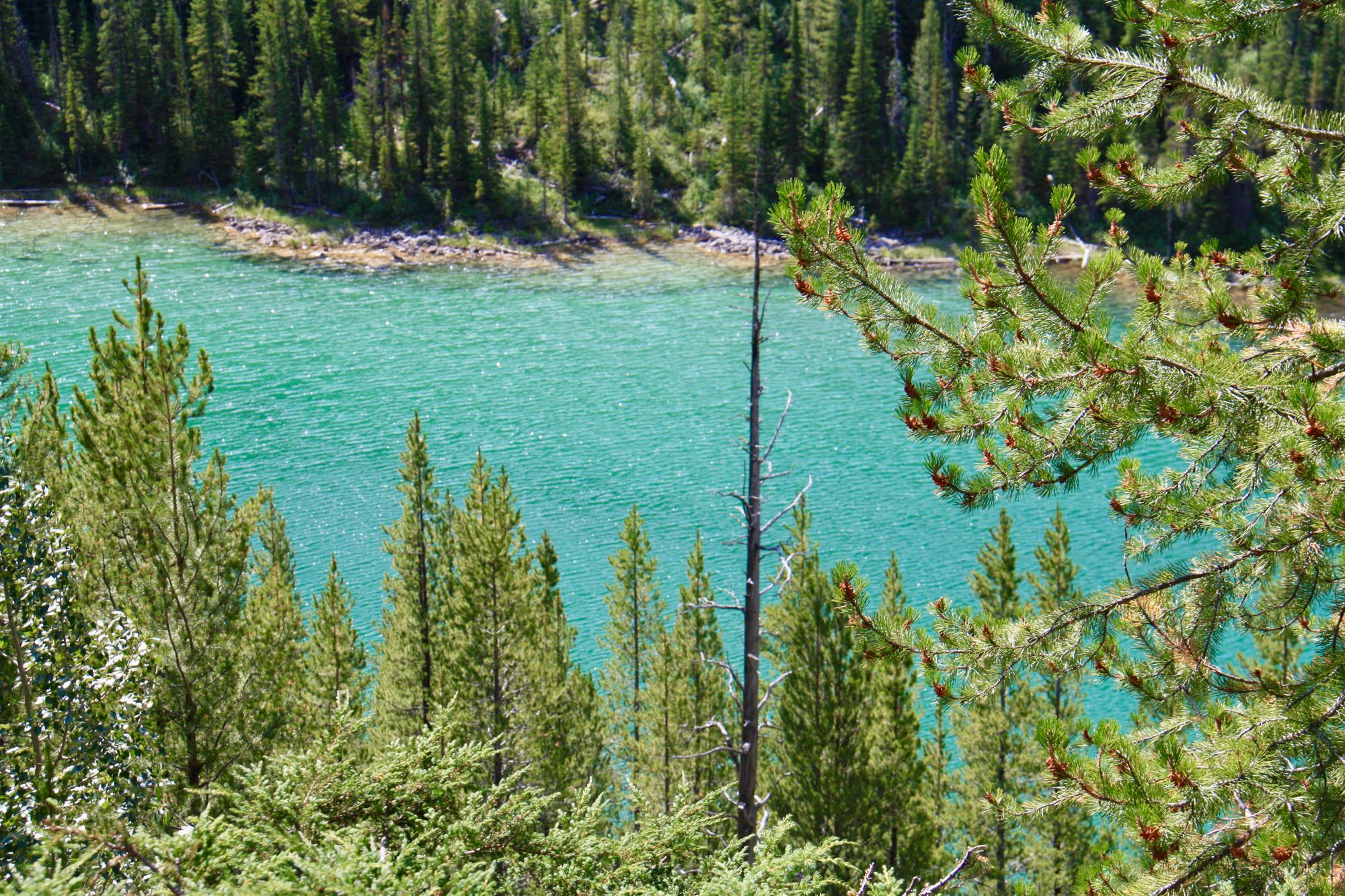
The colour of the lake is -well there are no words for how beautiful it is. As we weaved down the trail and the lake got closer the colour seemed to explode out of the lake.
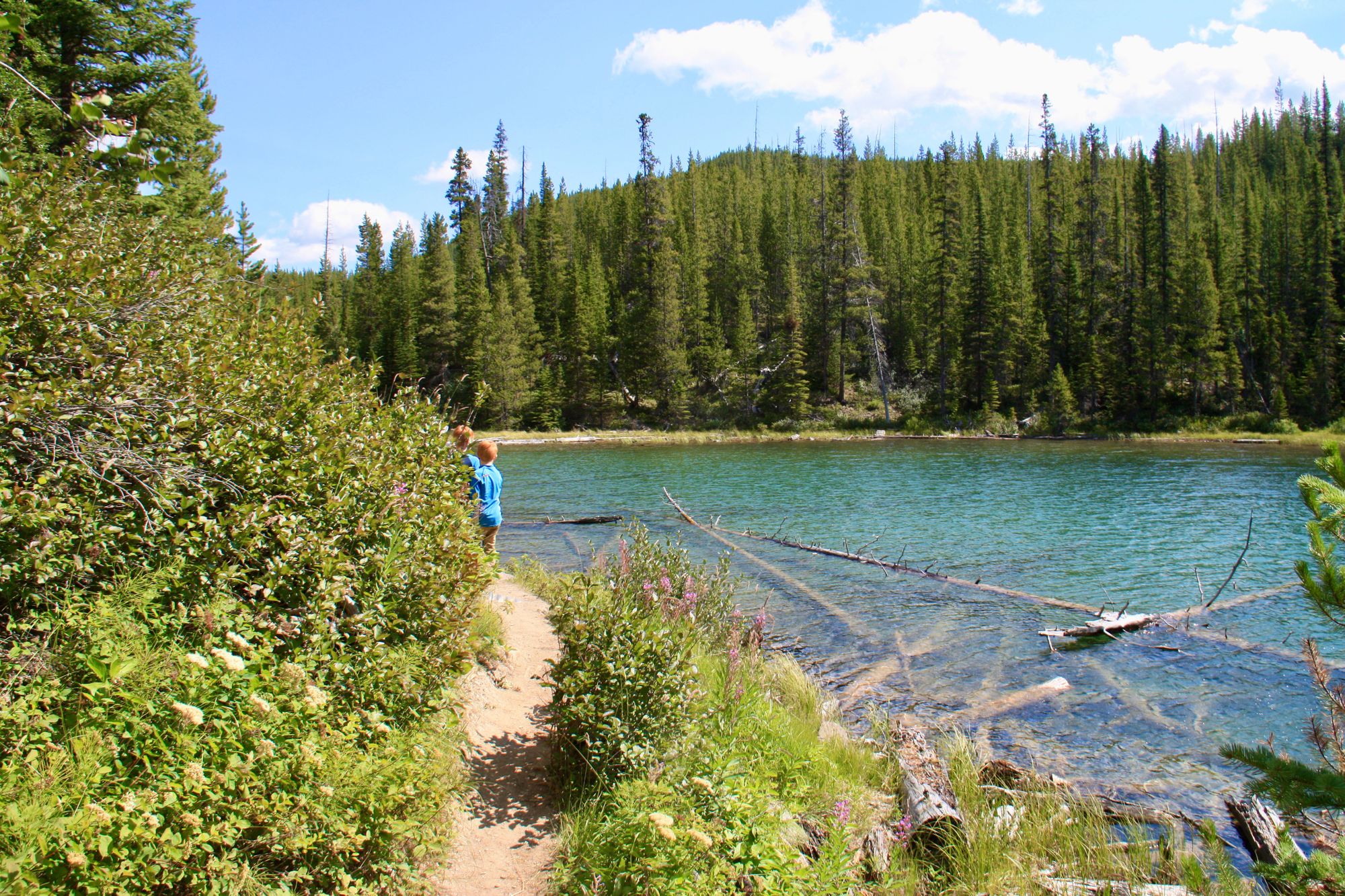
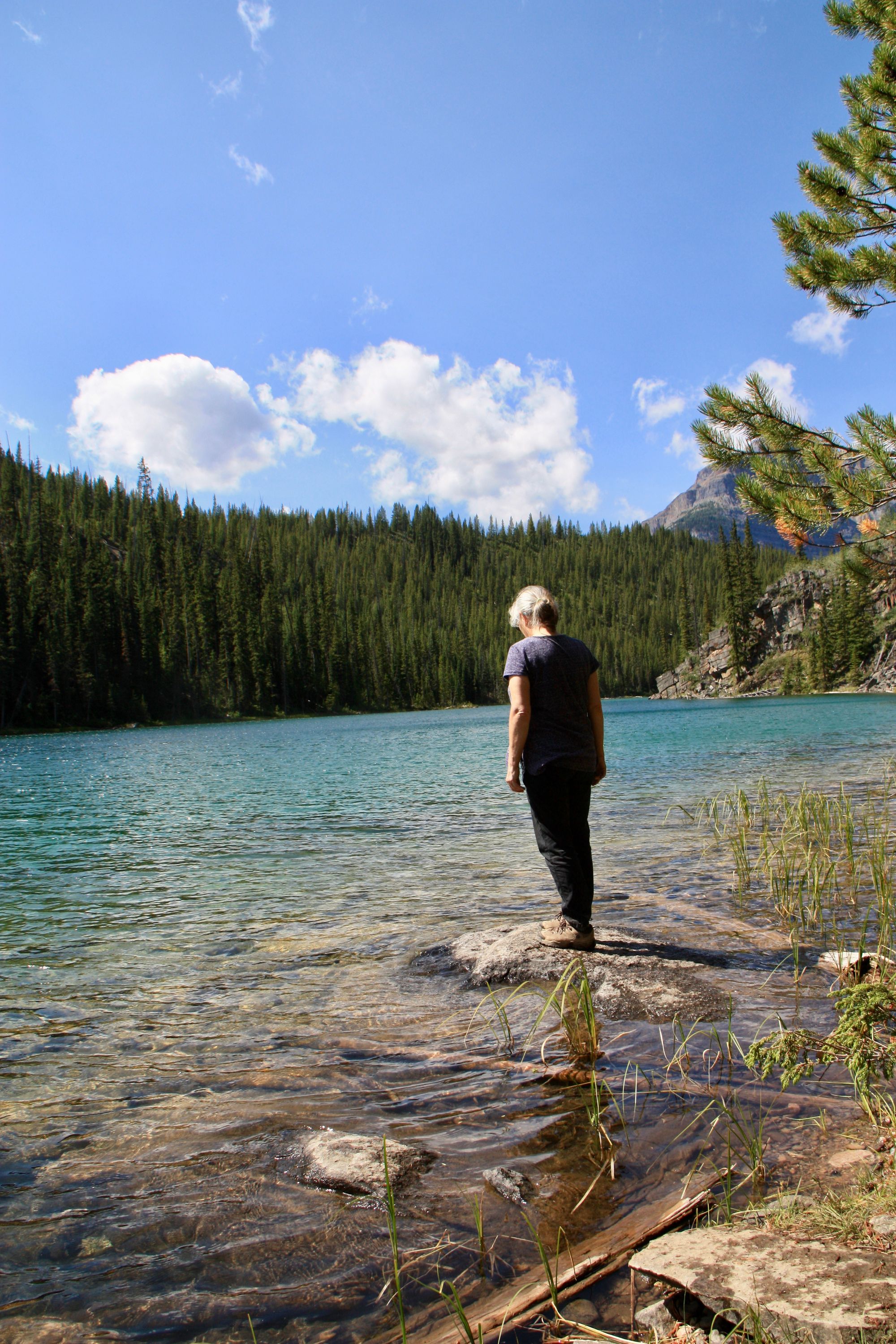
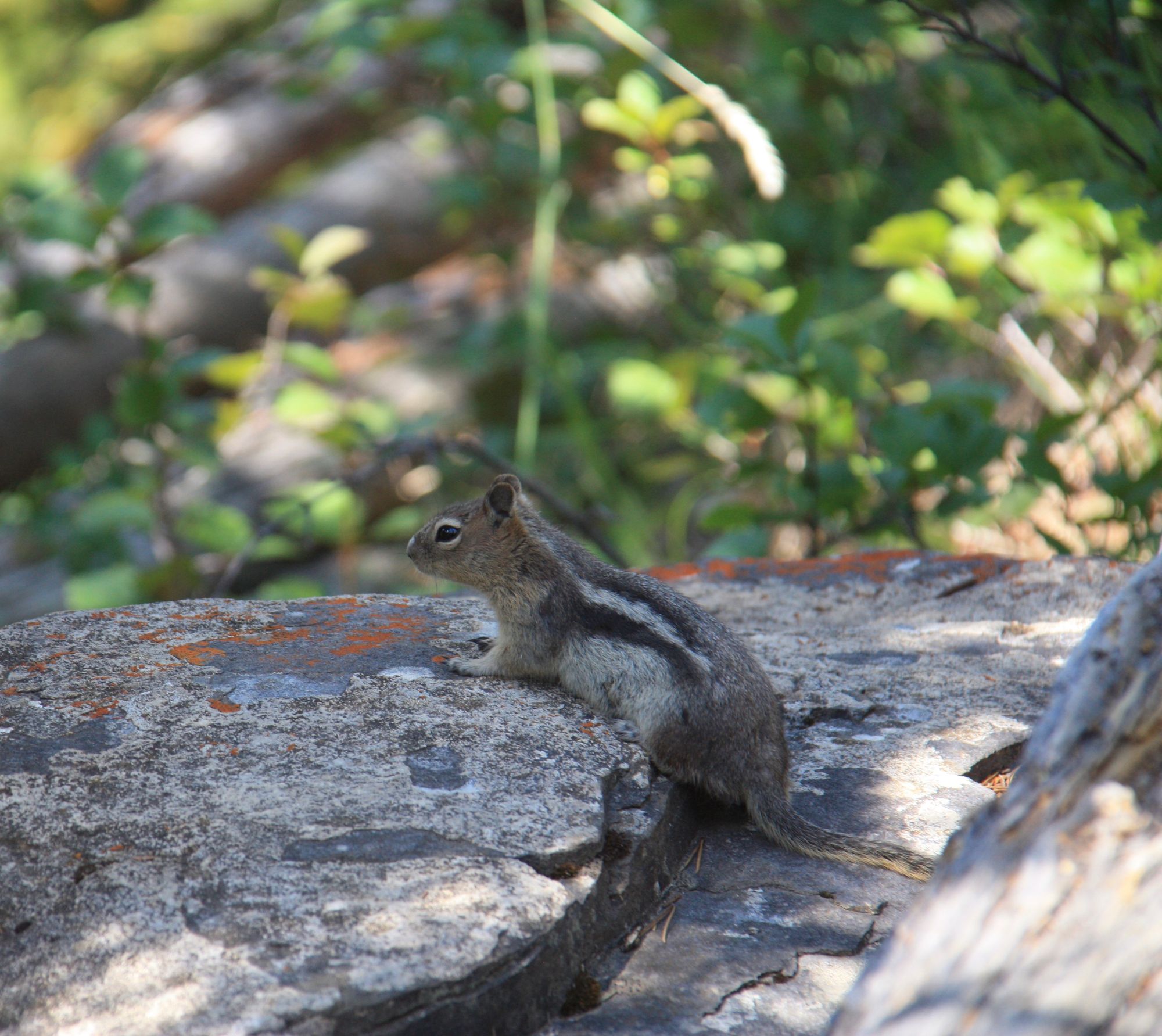
We packed in lunch and sat by this gorgeous lake.
An Afternoon on the Banks of Vermilion River
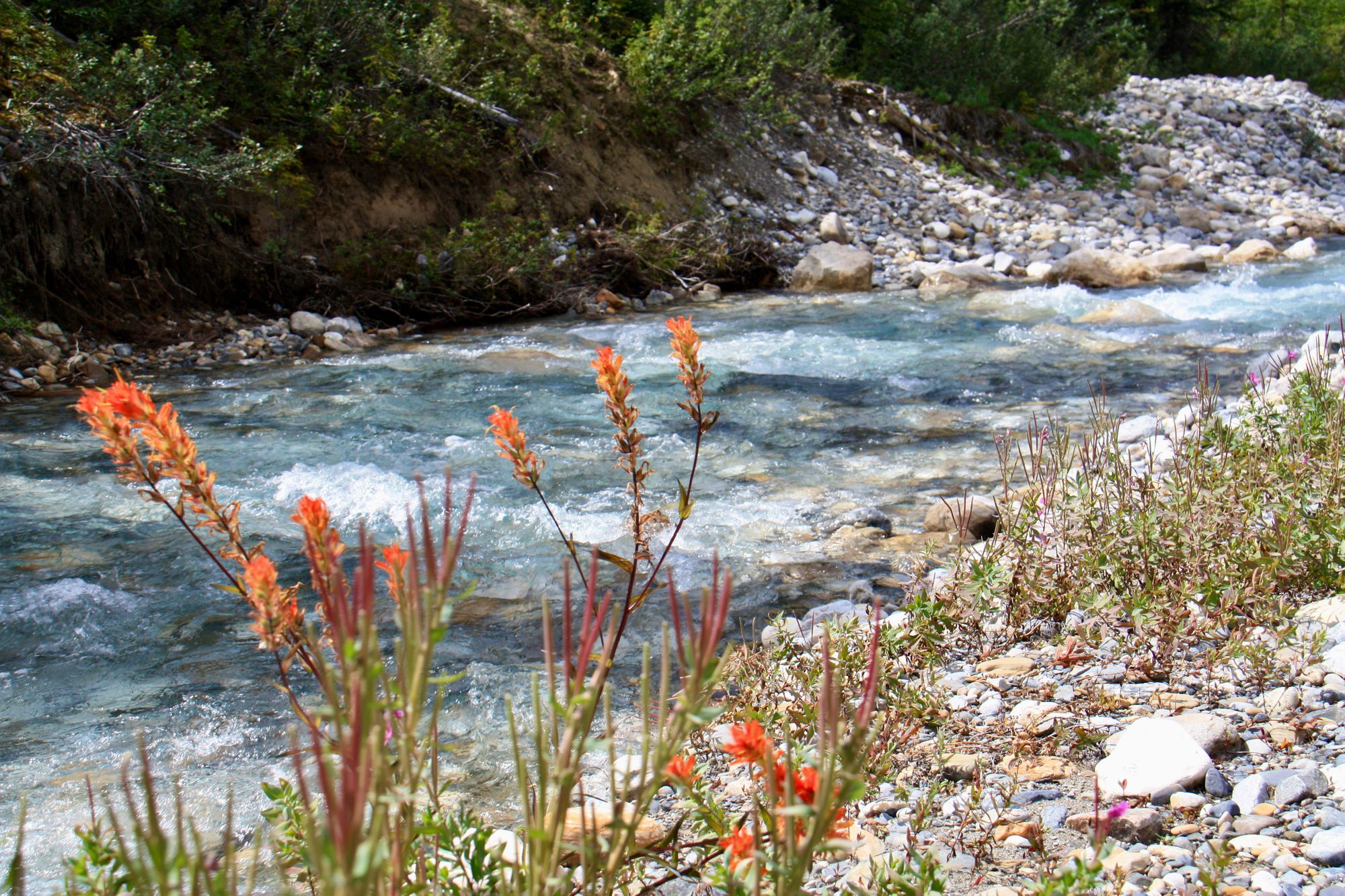
Crisp clear cold water of Vermilion River is shallow enough for wading and rock veiwing. Two of our favourite pastimes!
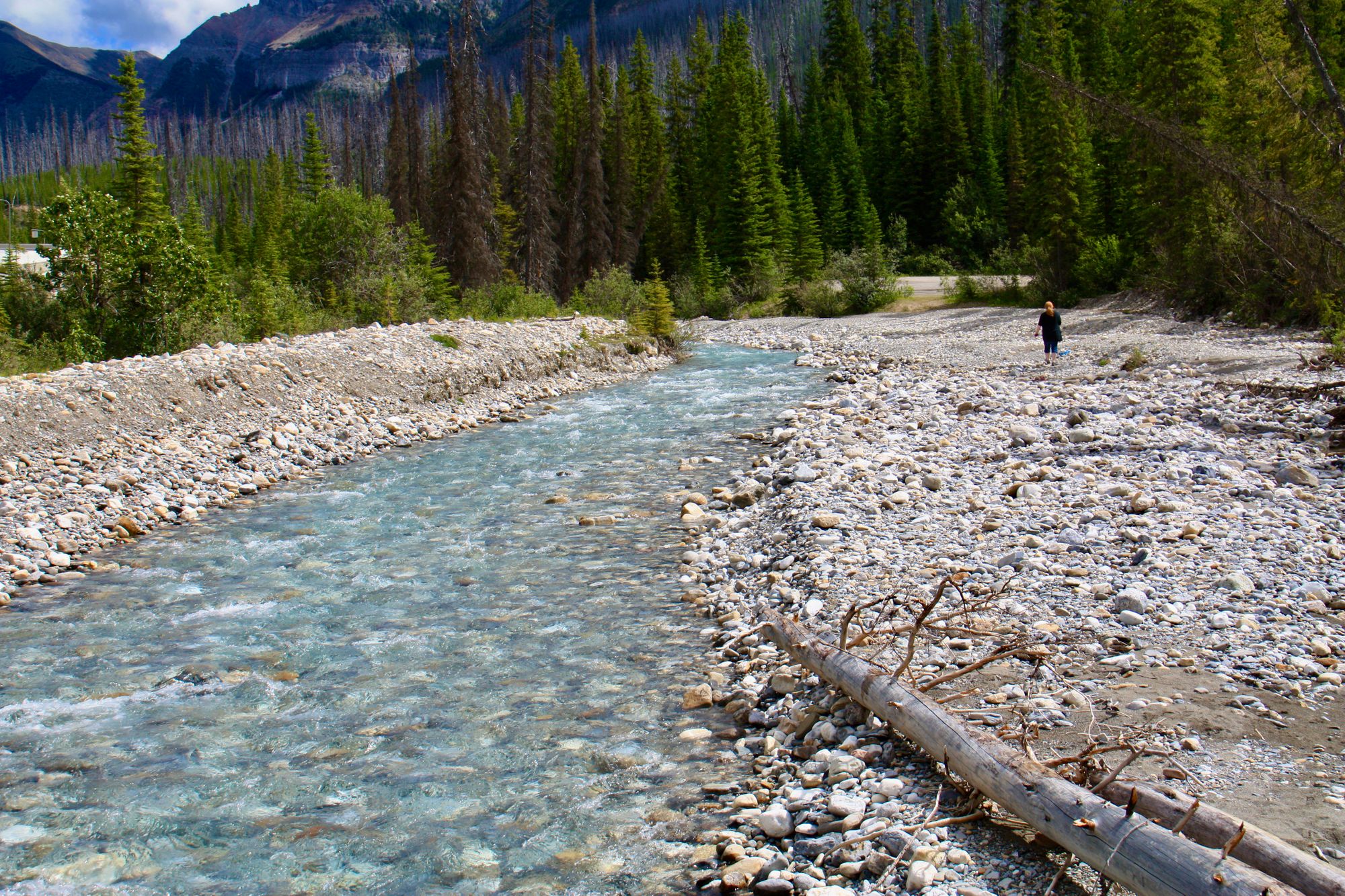
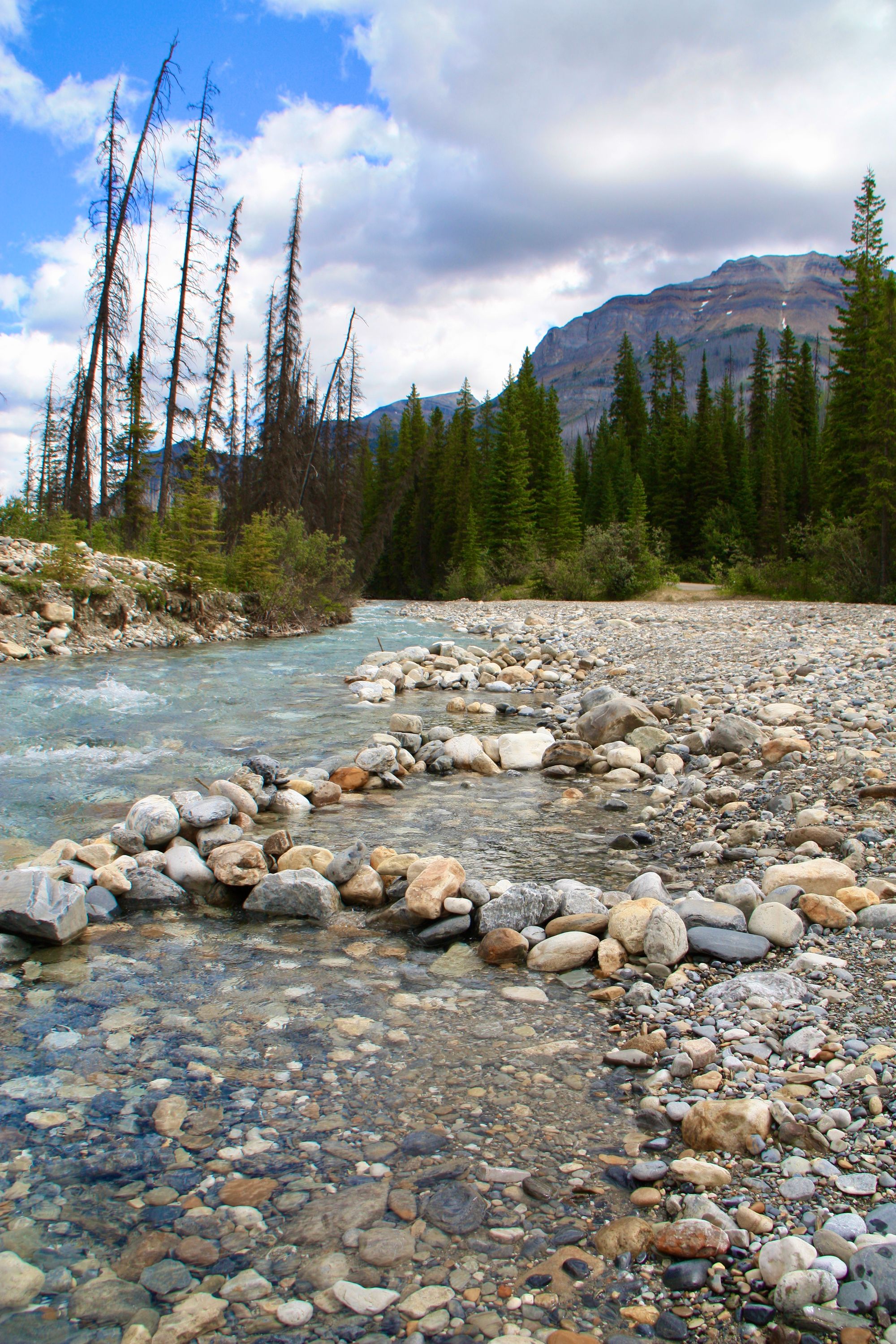
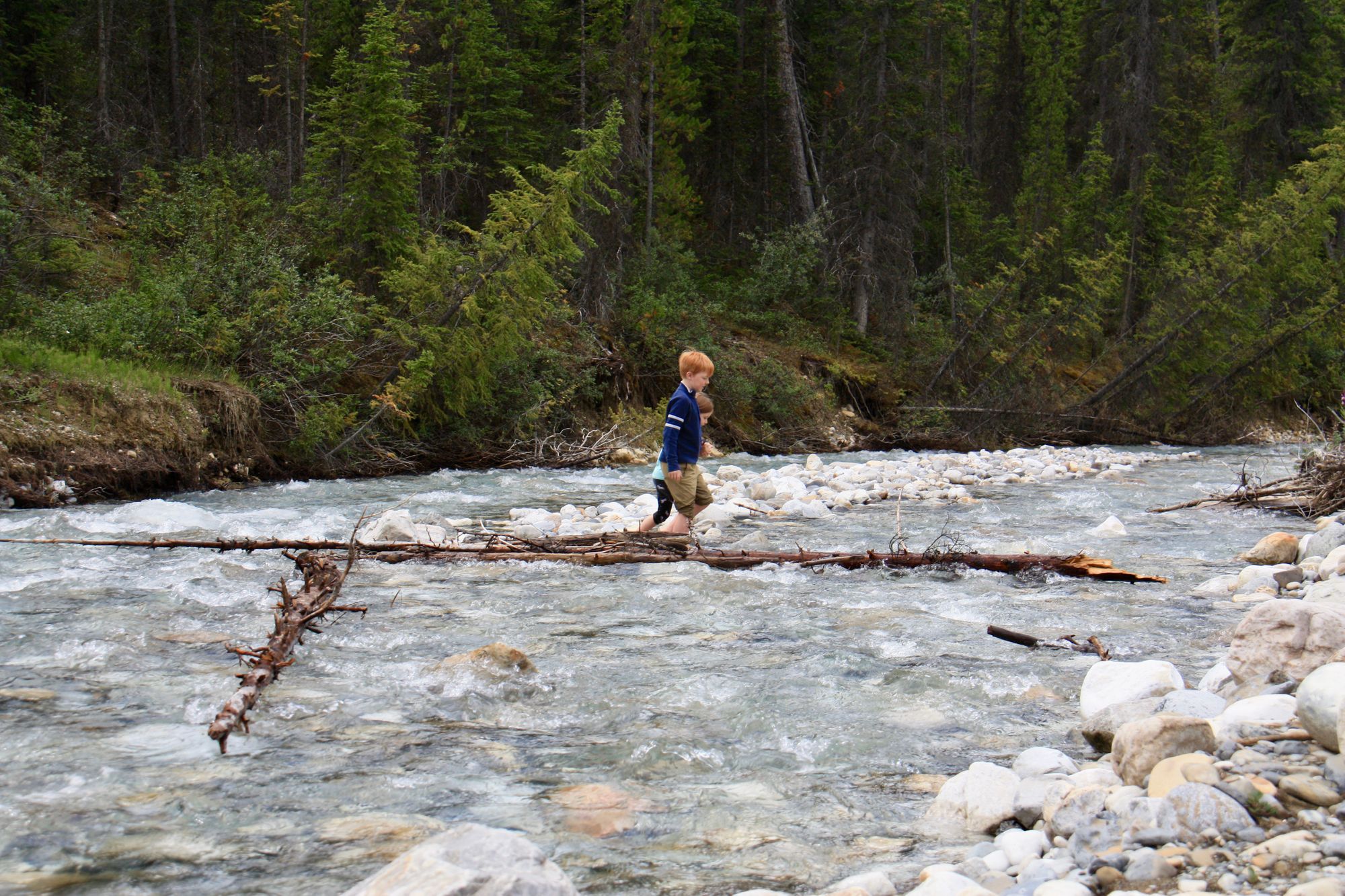
Rock pools built on the side of the river were perfect for sitting in. Be forwarned the water is cold!
Kootenay National Park
Part of the UNESCO Canadian Rocky Mountain Parks World Heritage Site, there are no towns within the park and no cell phone coverage making it a preferred choice for us. It was created in 1920 to make a road through the rockies. Today it has deep canyons, majestic waterfalls, turquoise blue lakes, hot springs and well maintained campgrounds for all to enjoy.
NOTE: There is no cell service in Kootenay National Park. Be sure to download any maps and details before you drive into the park.





